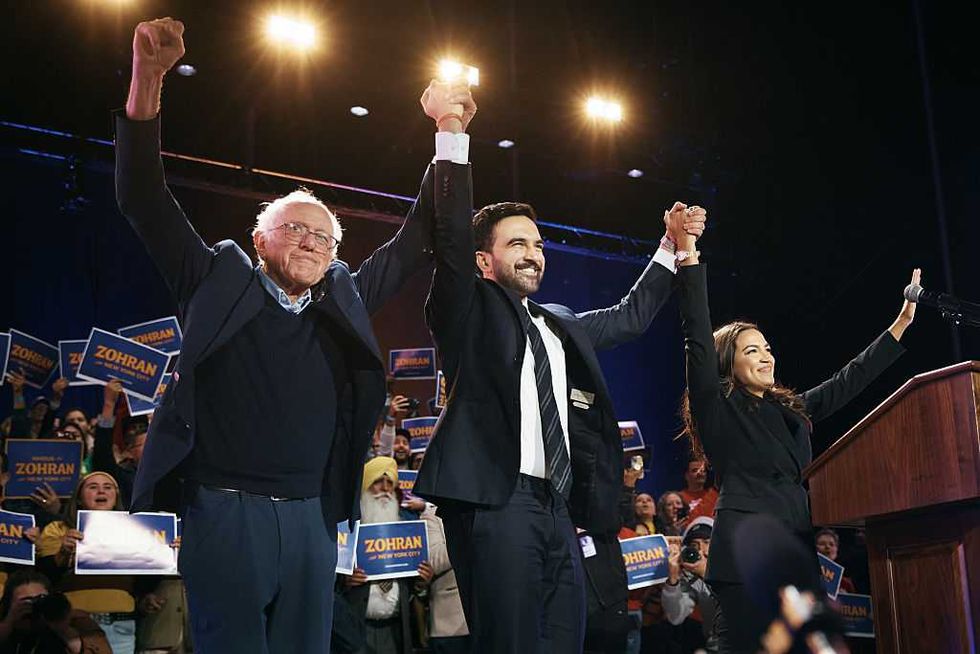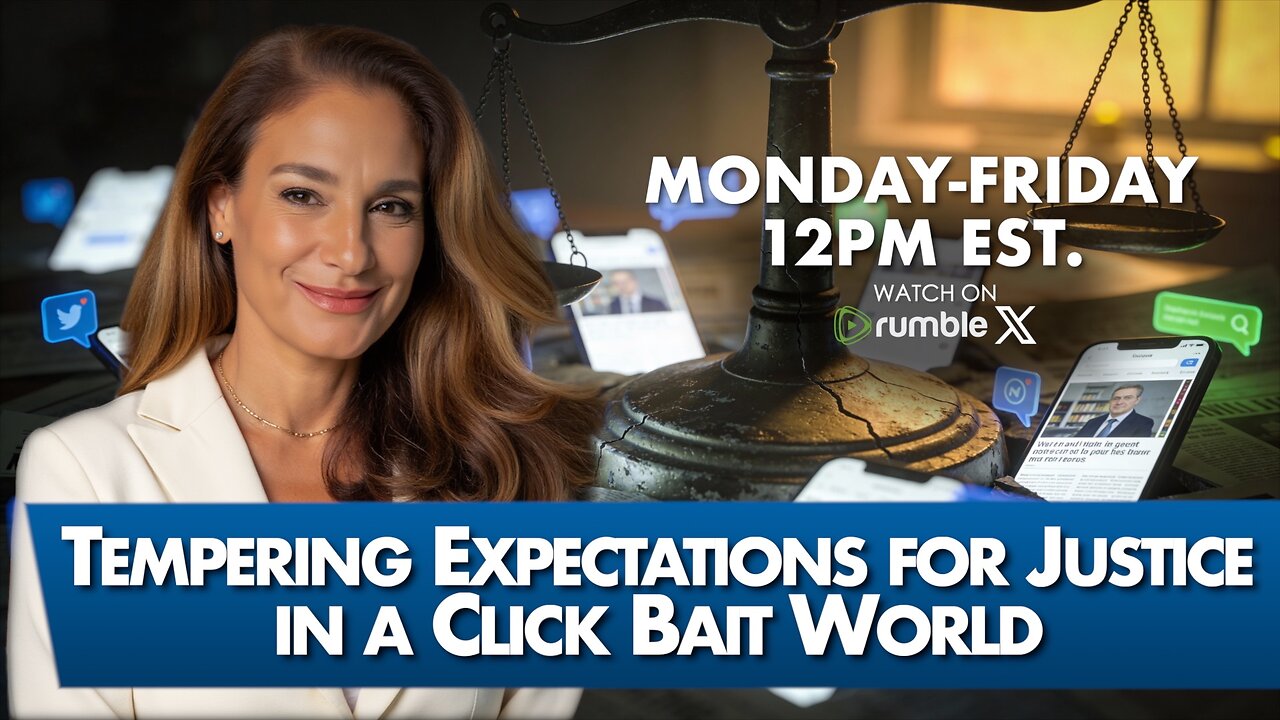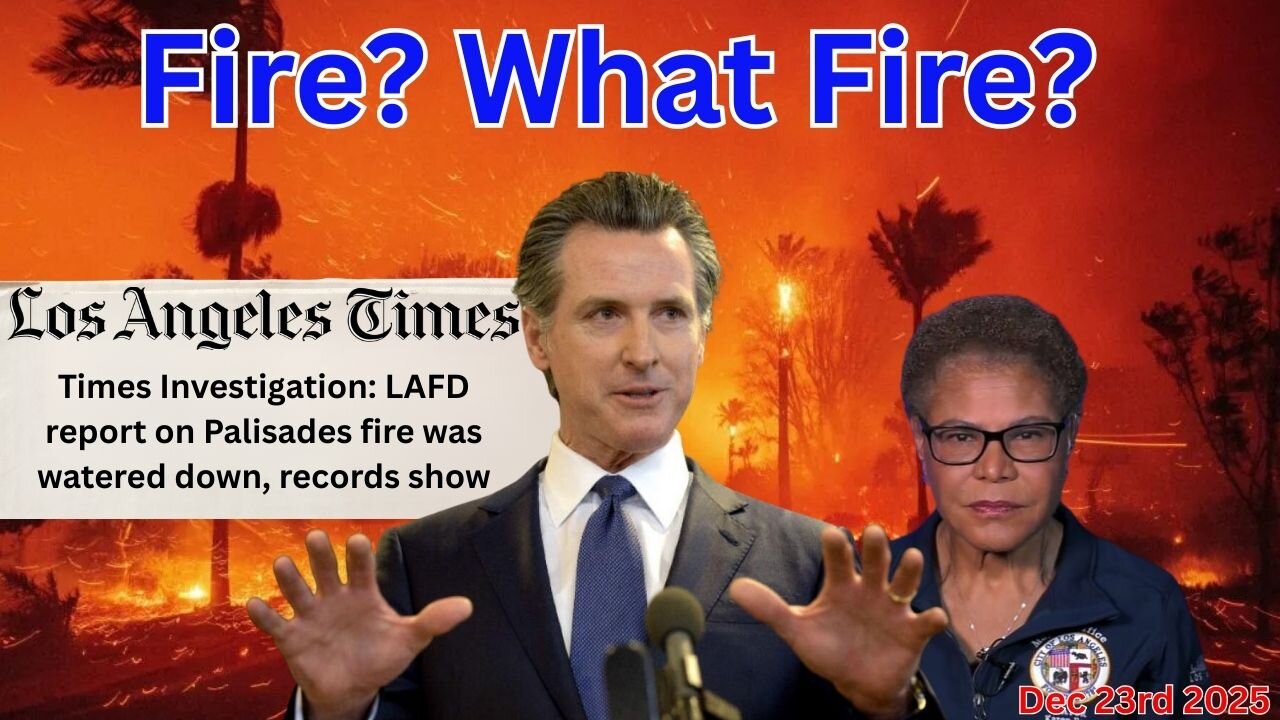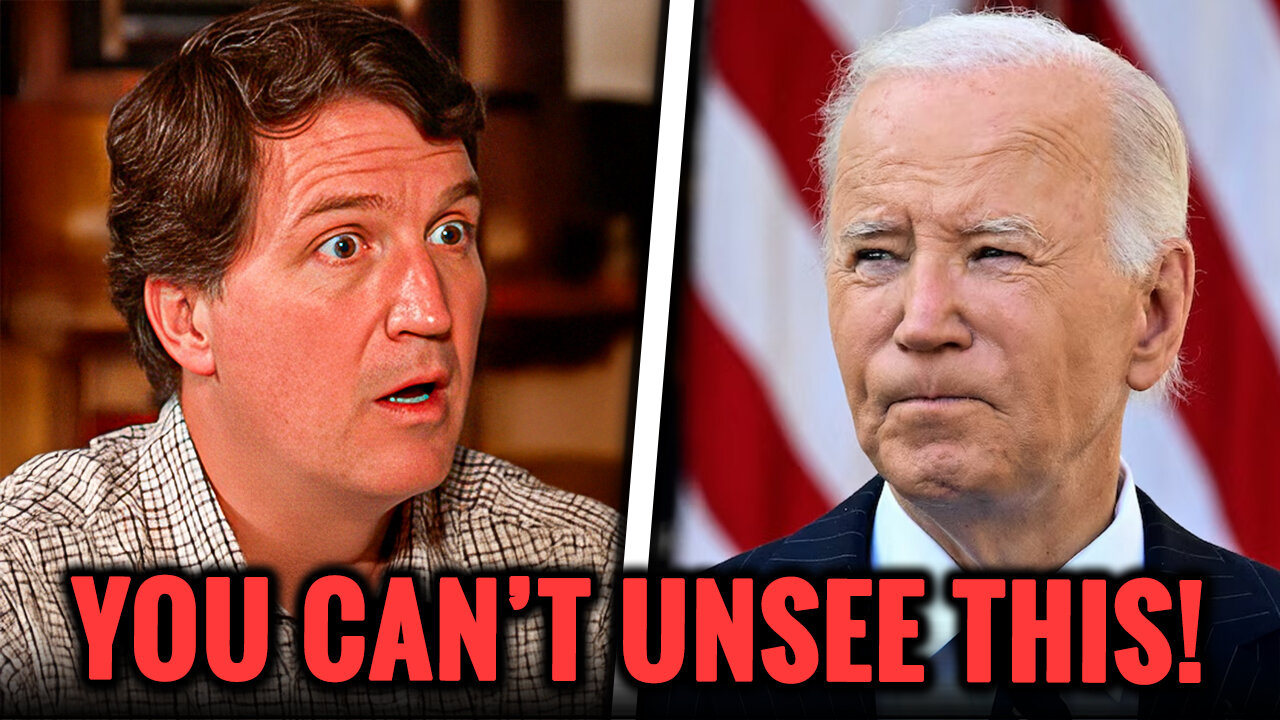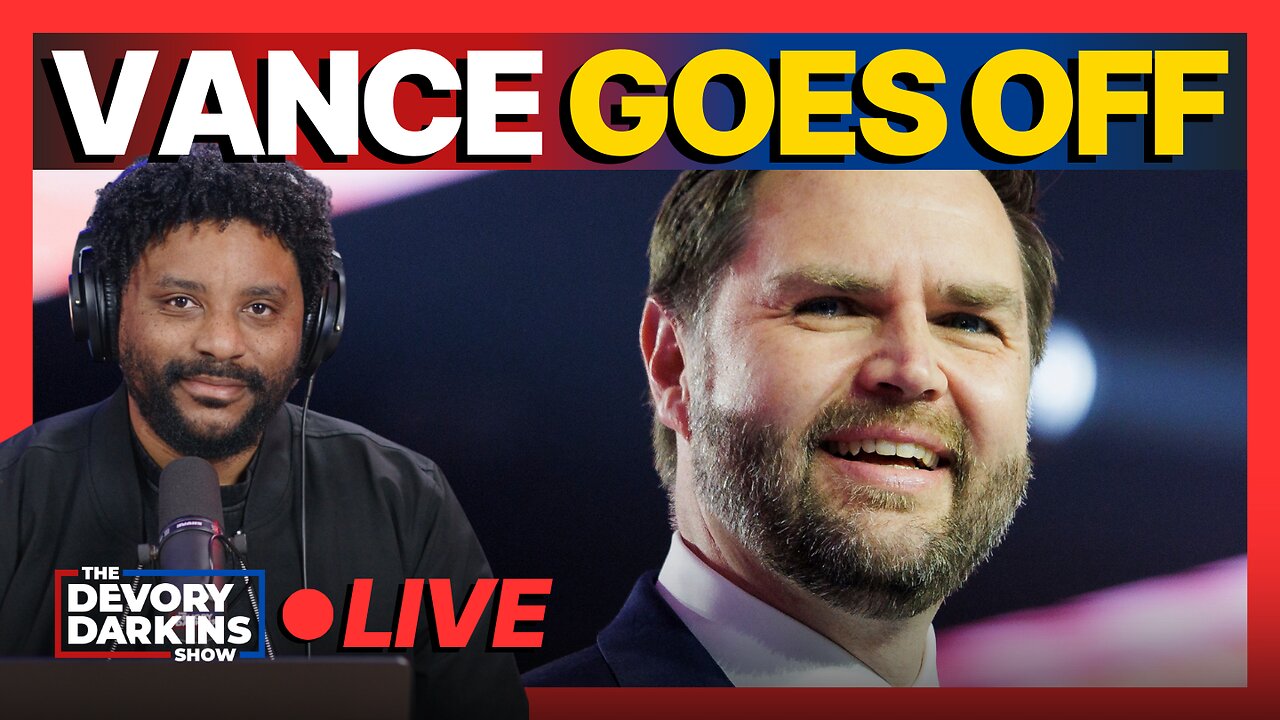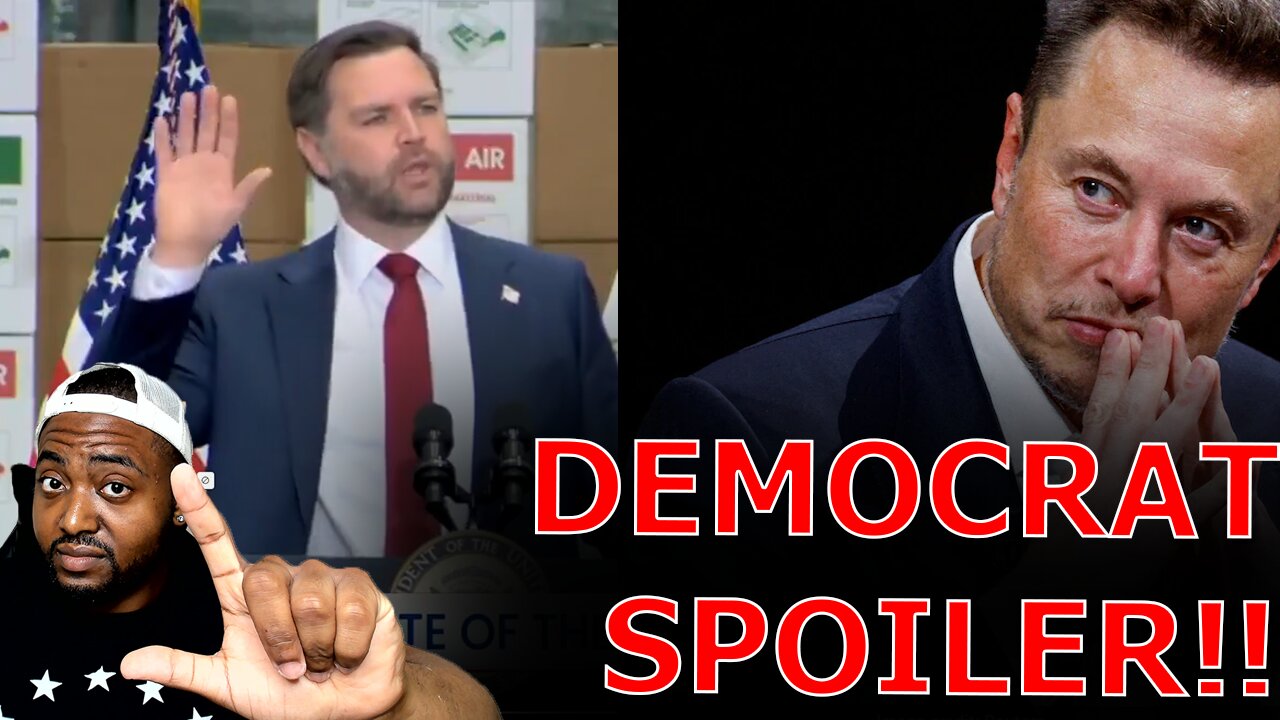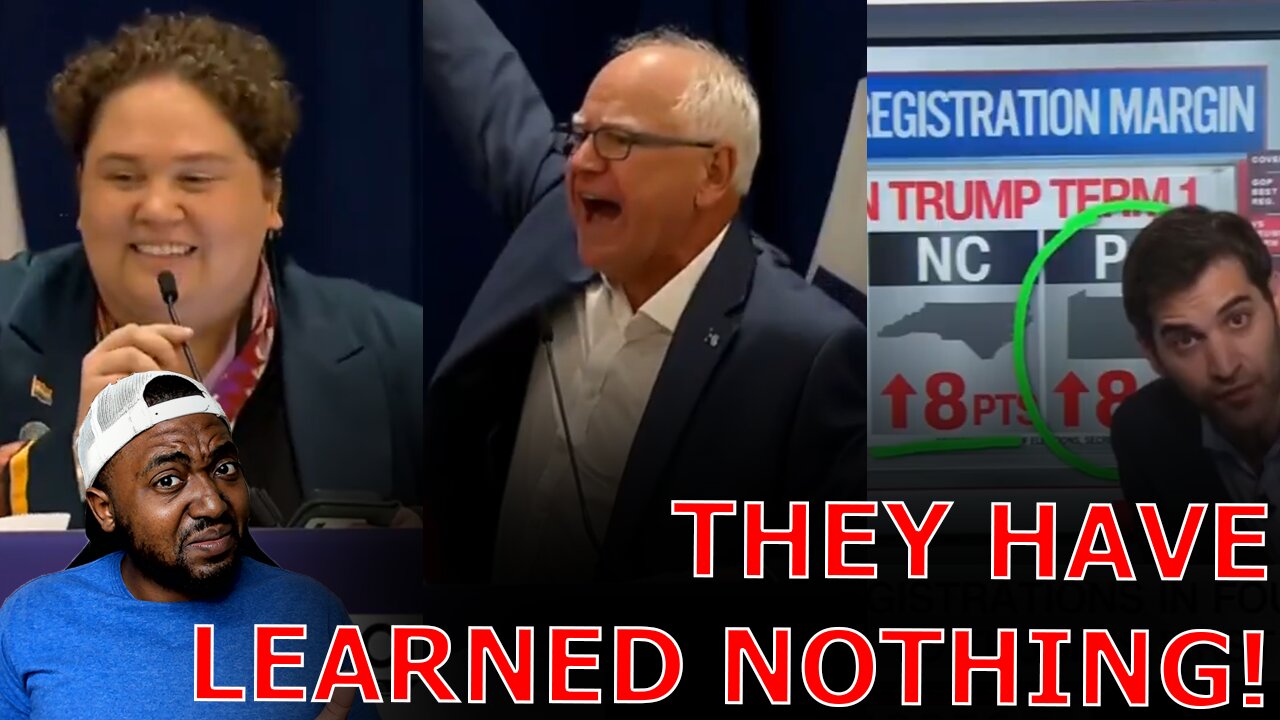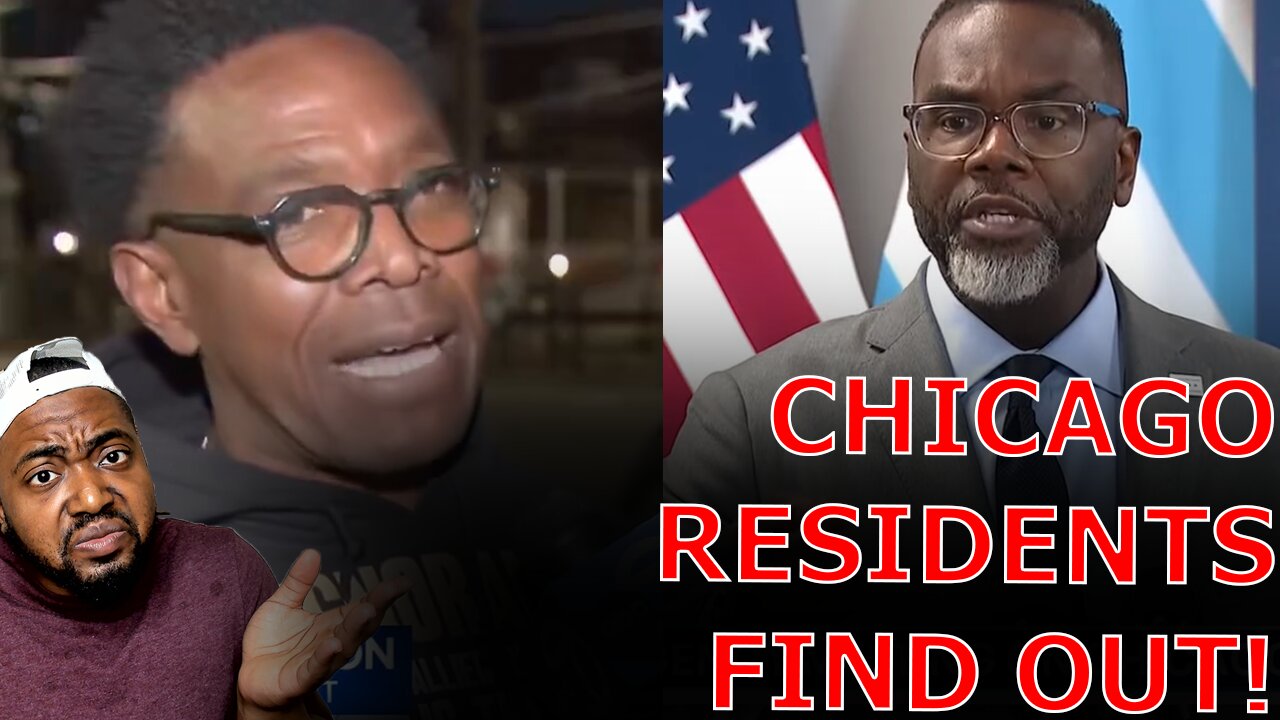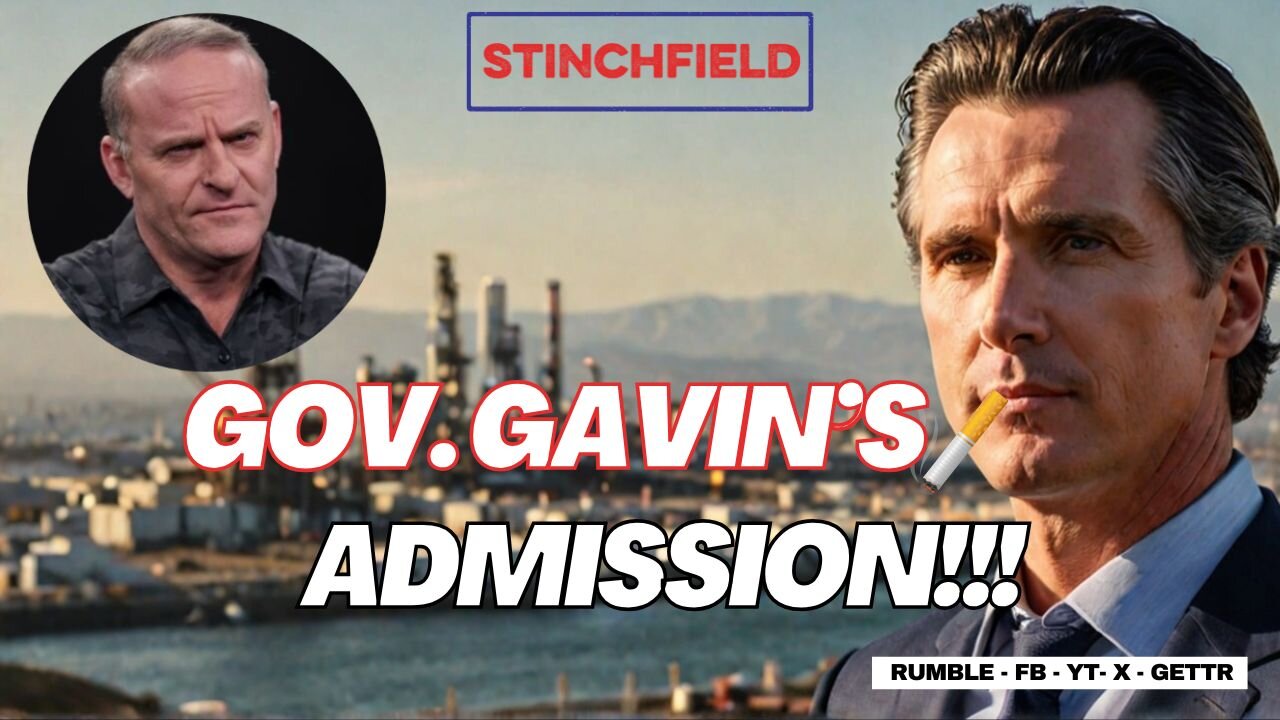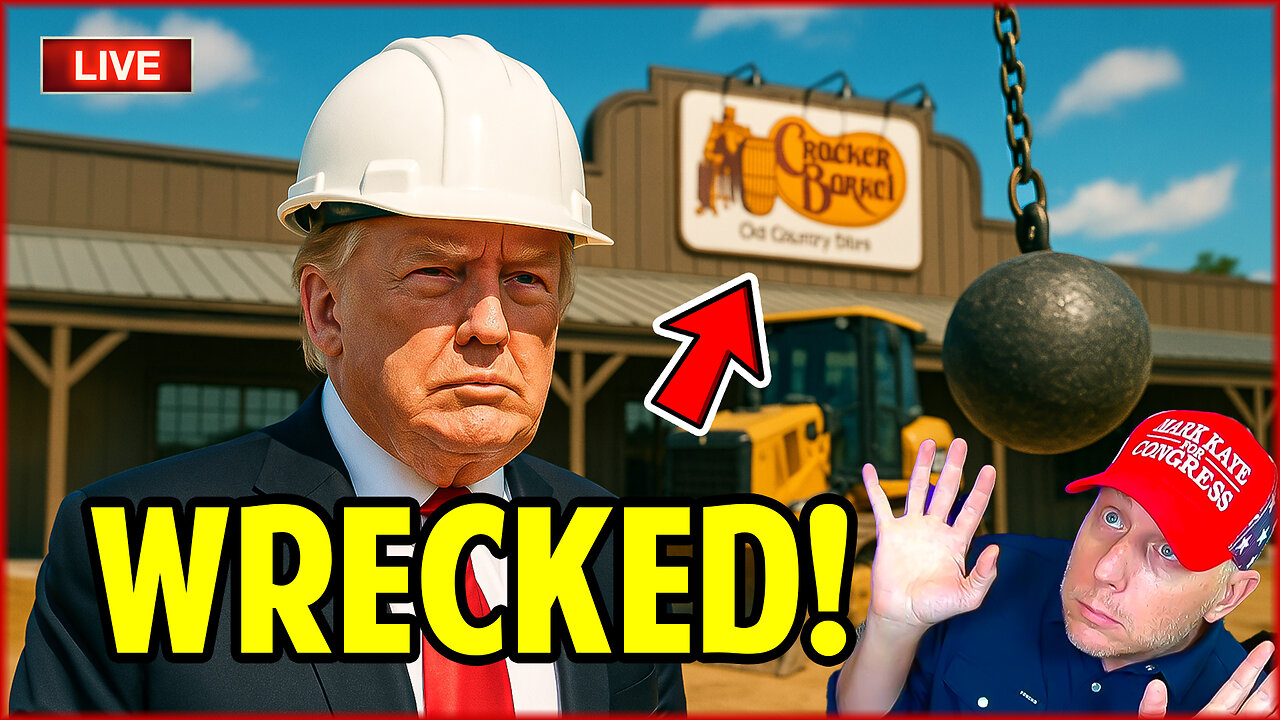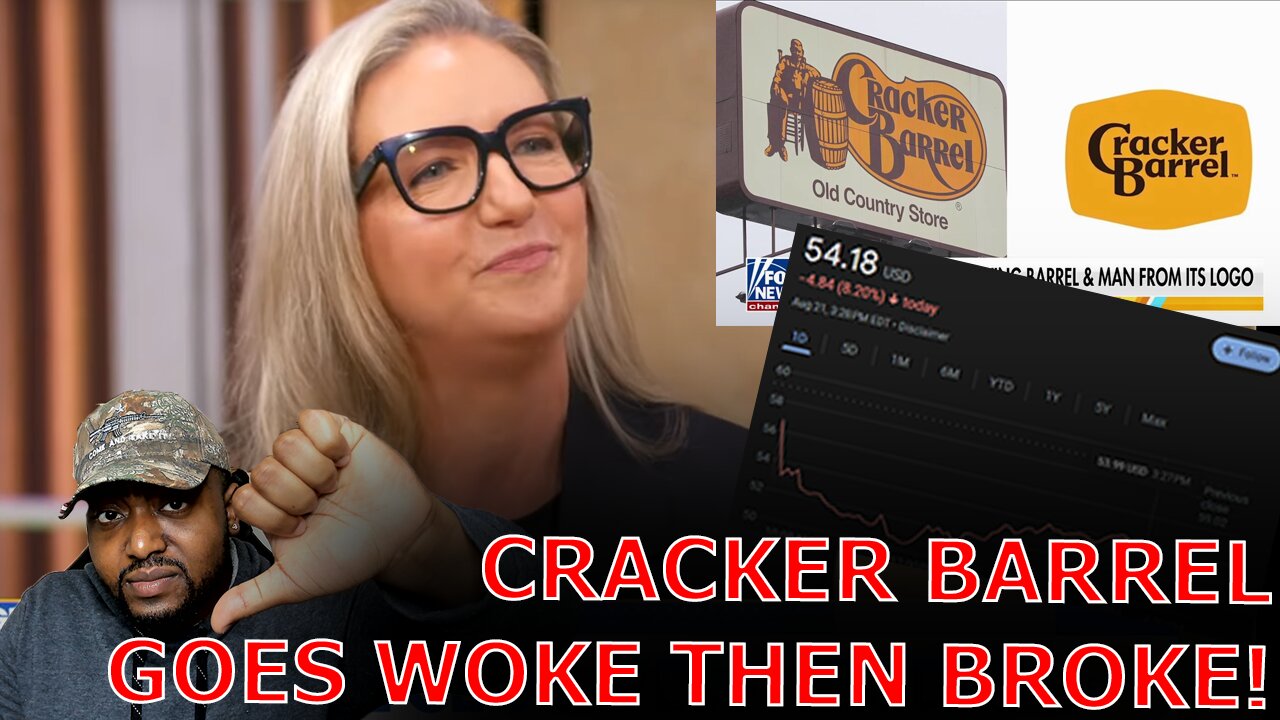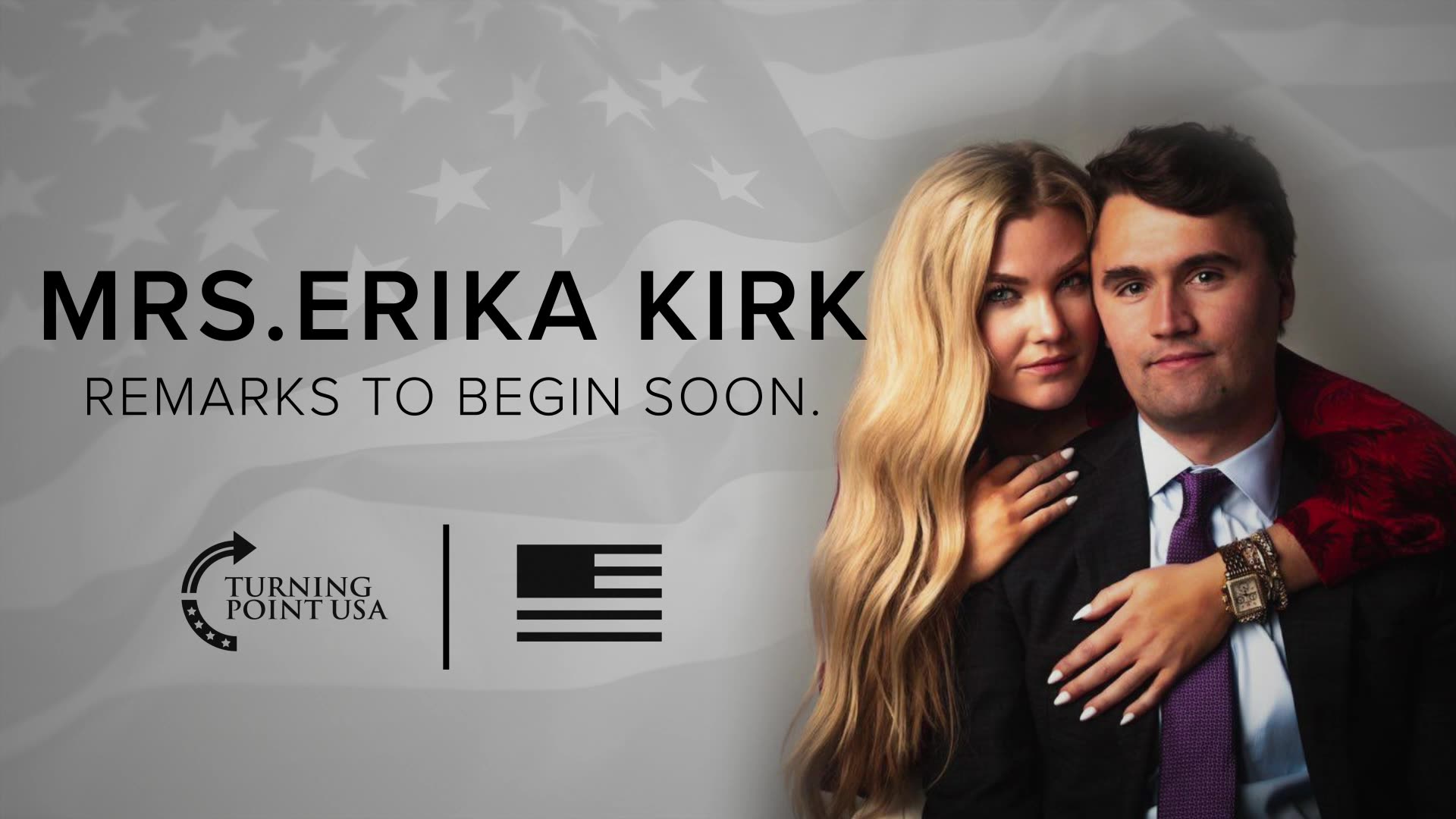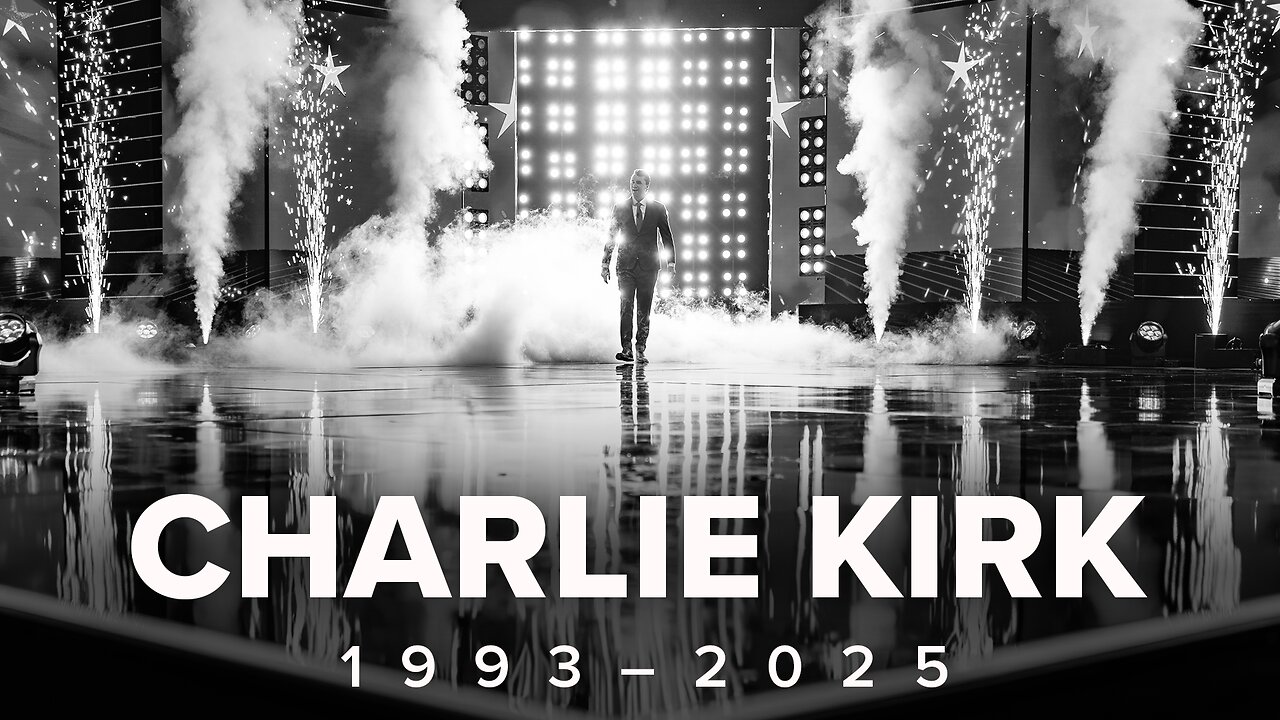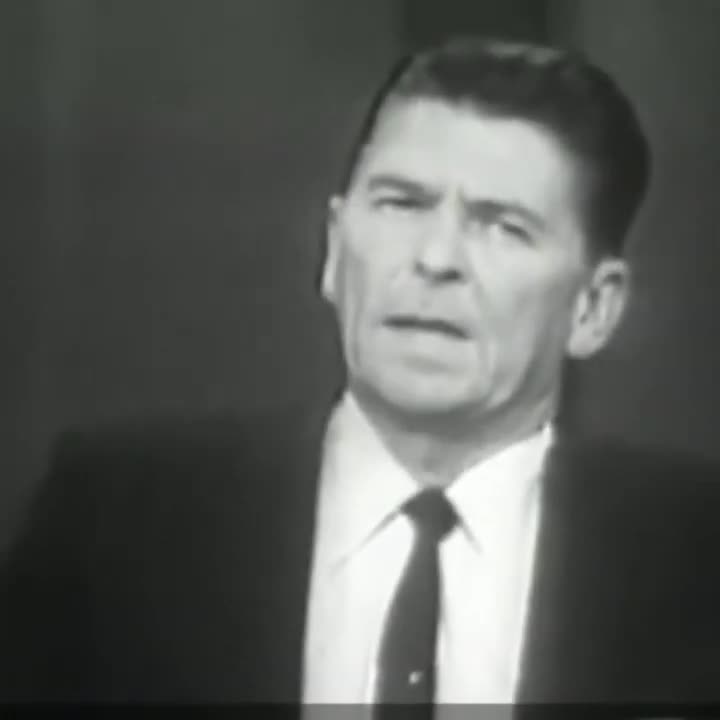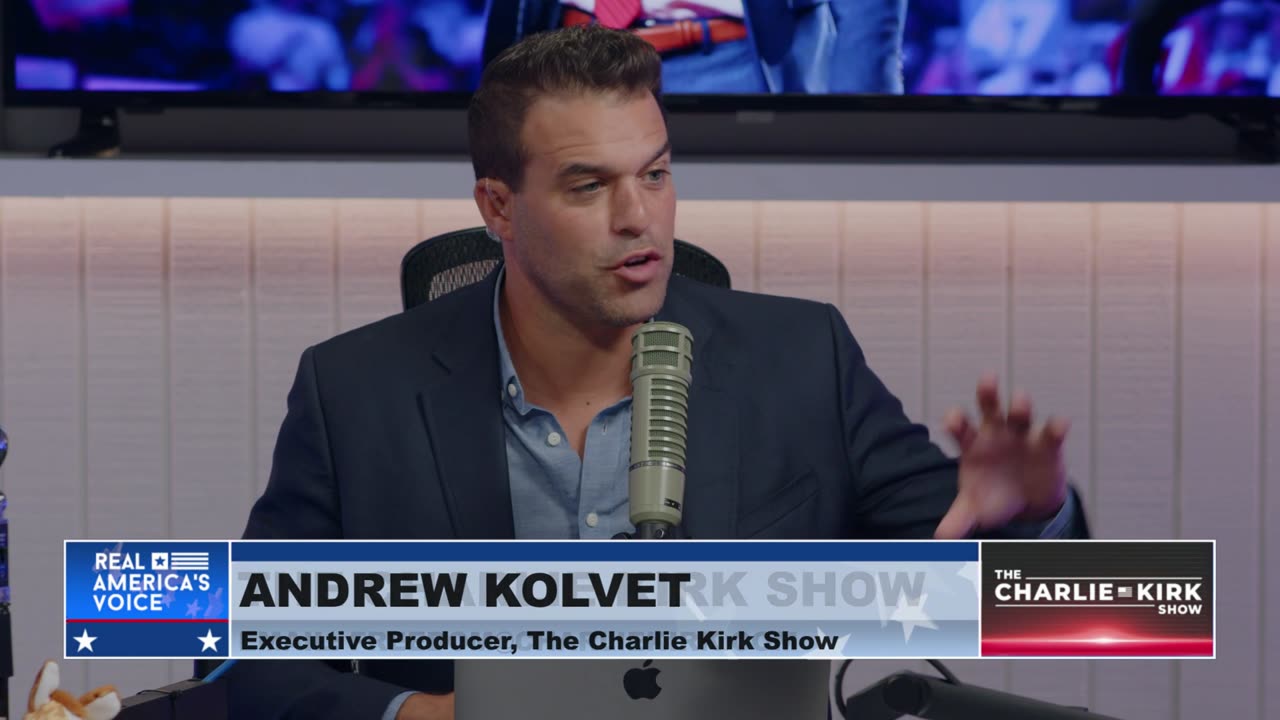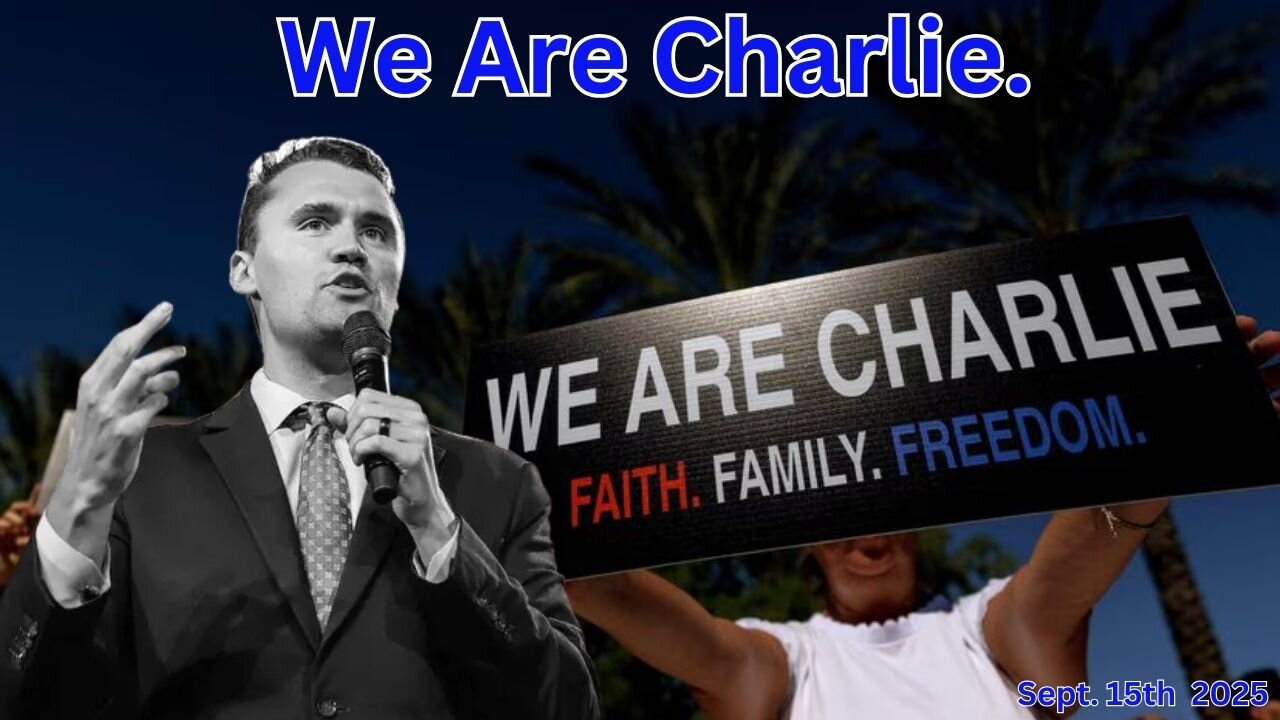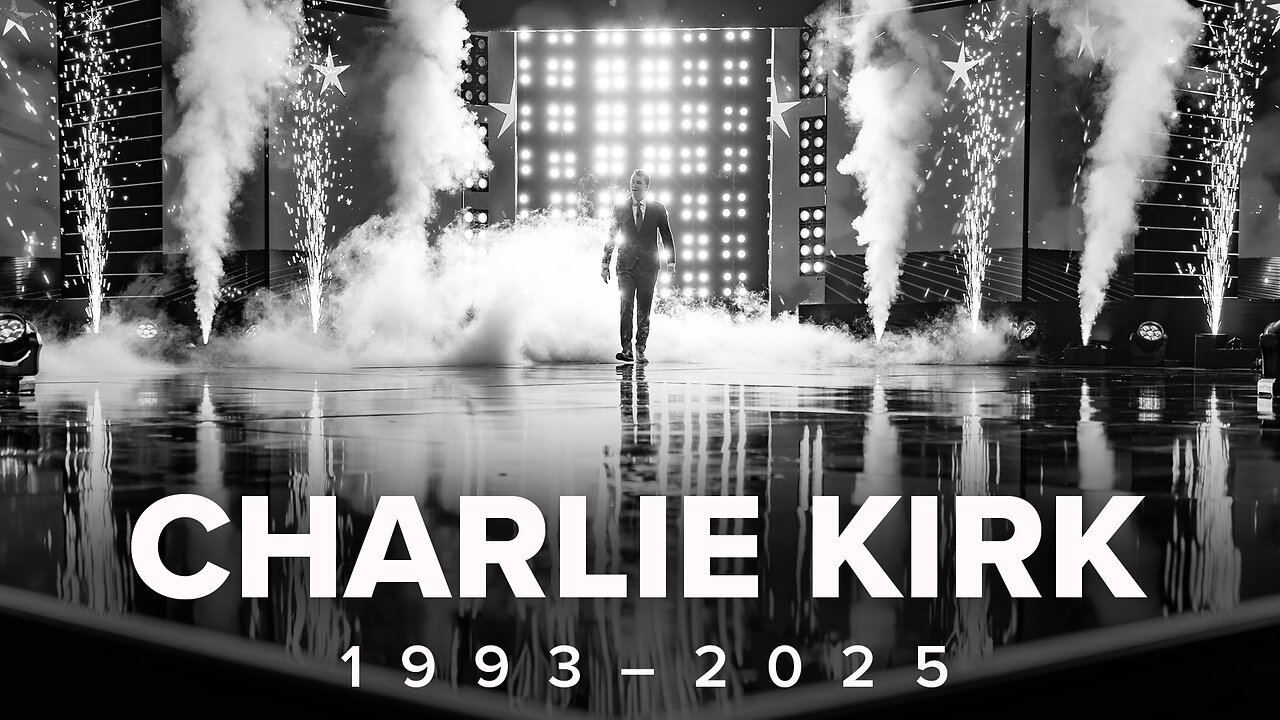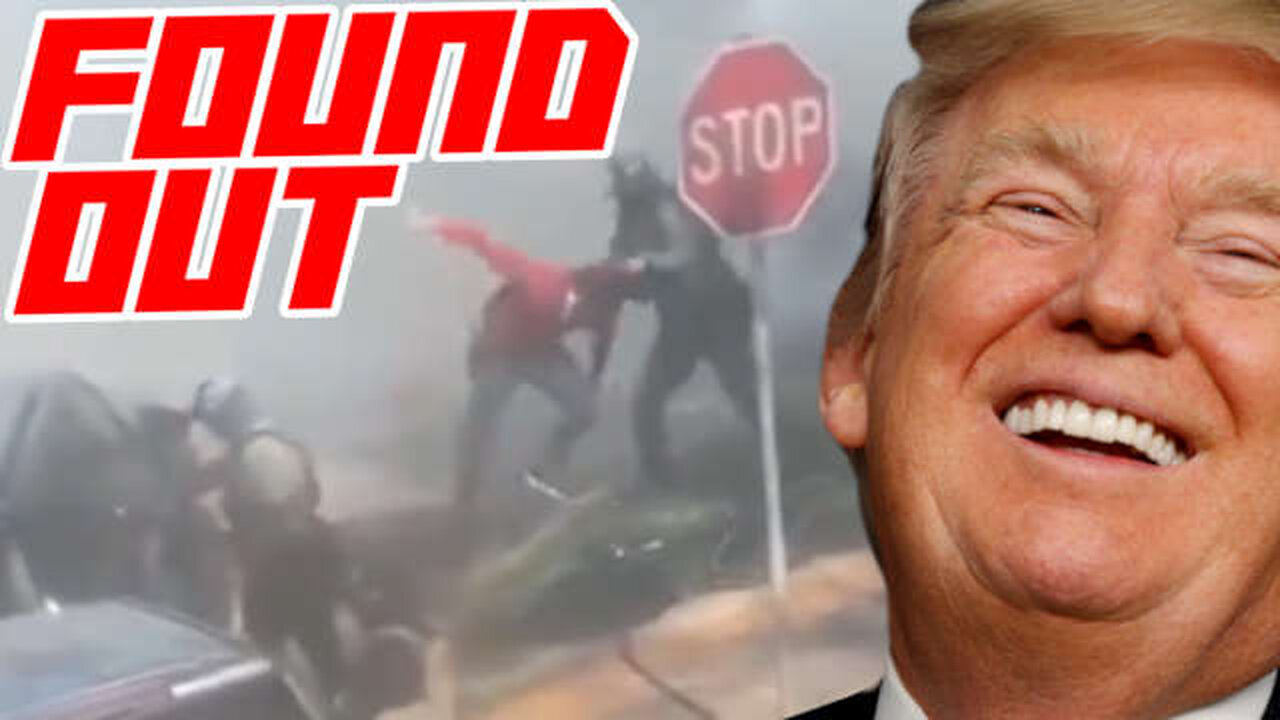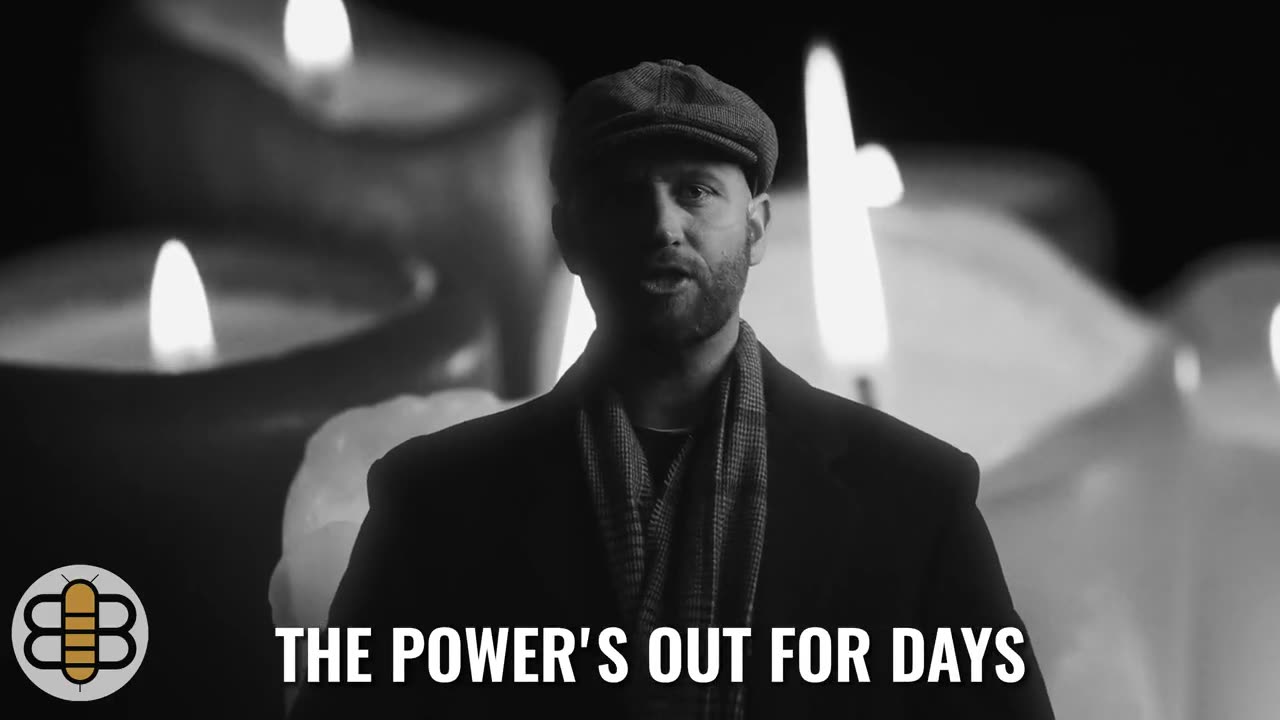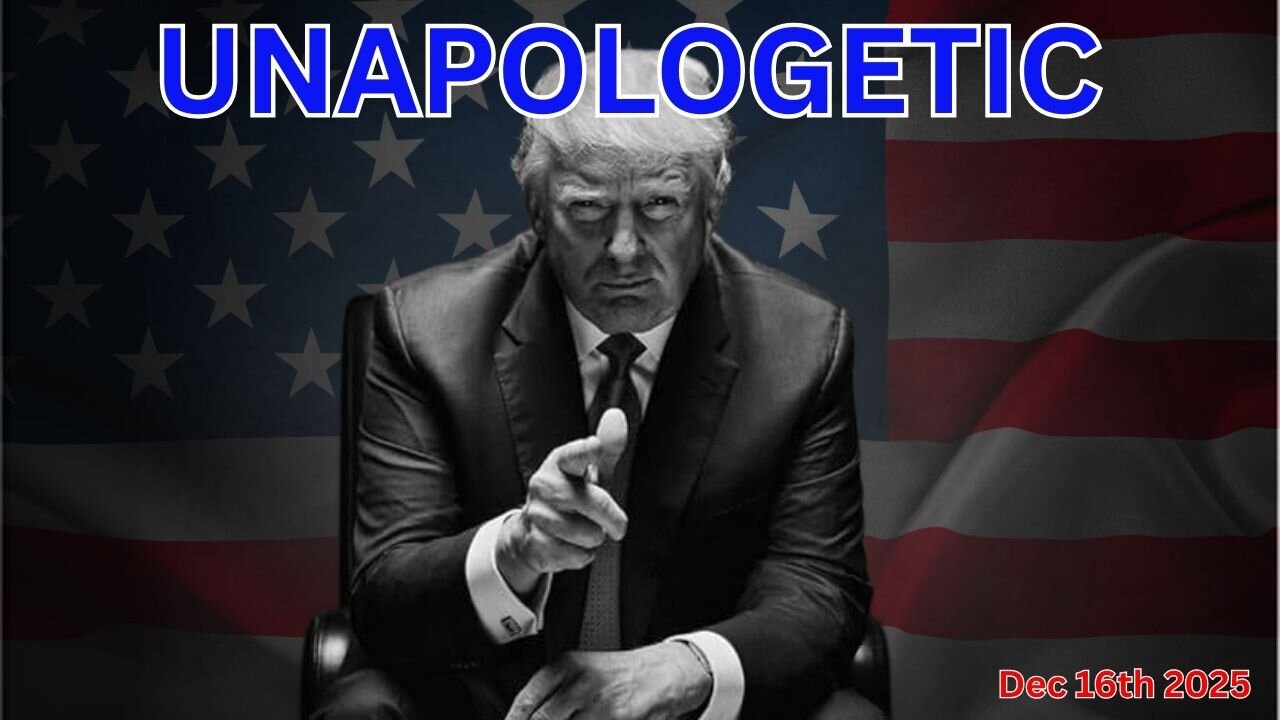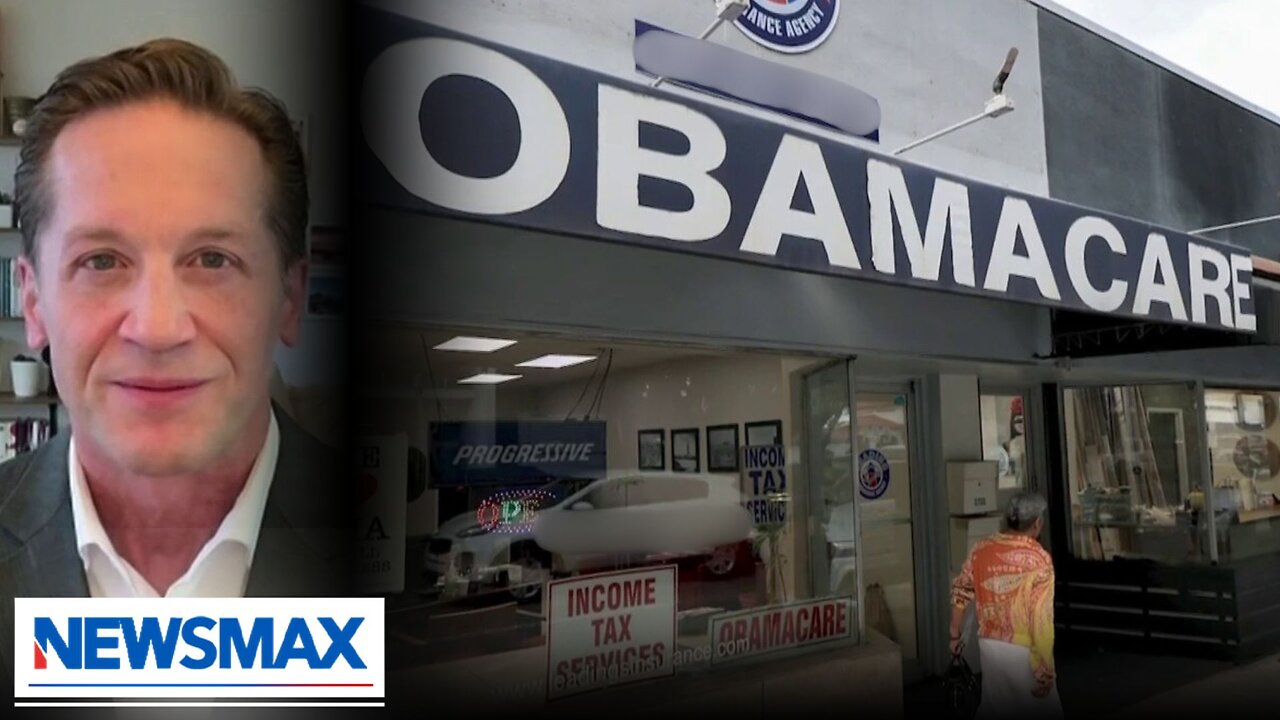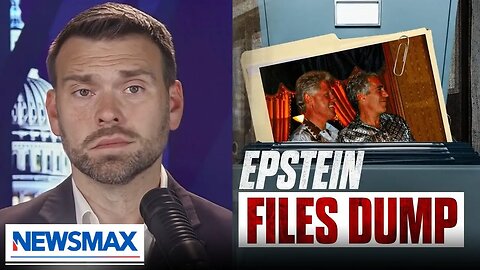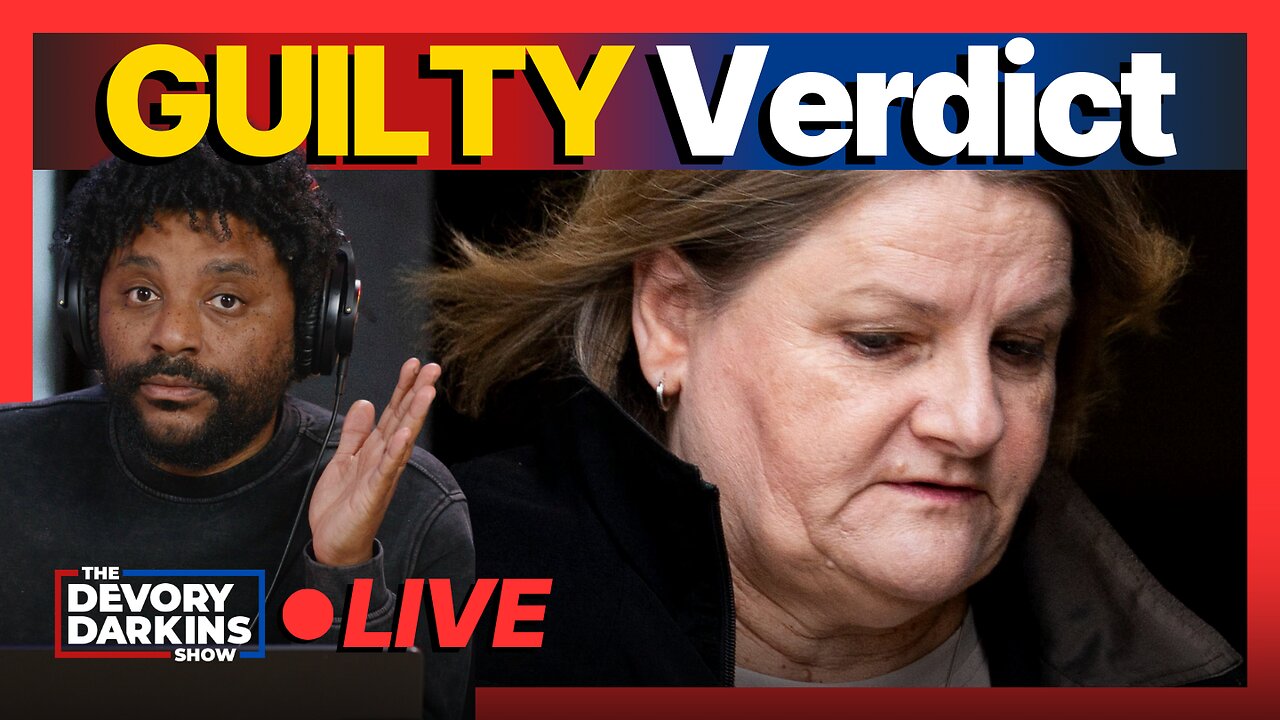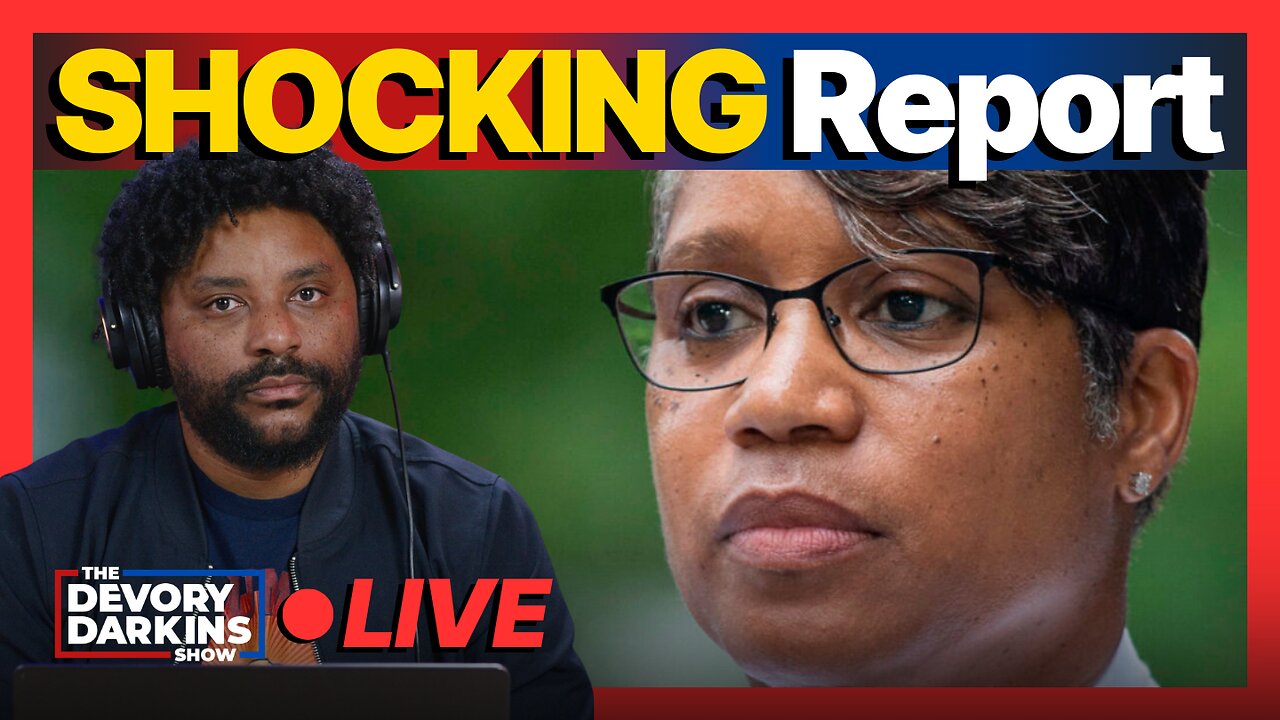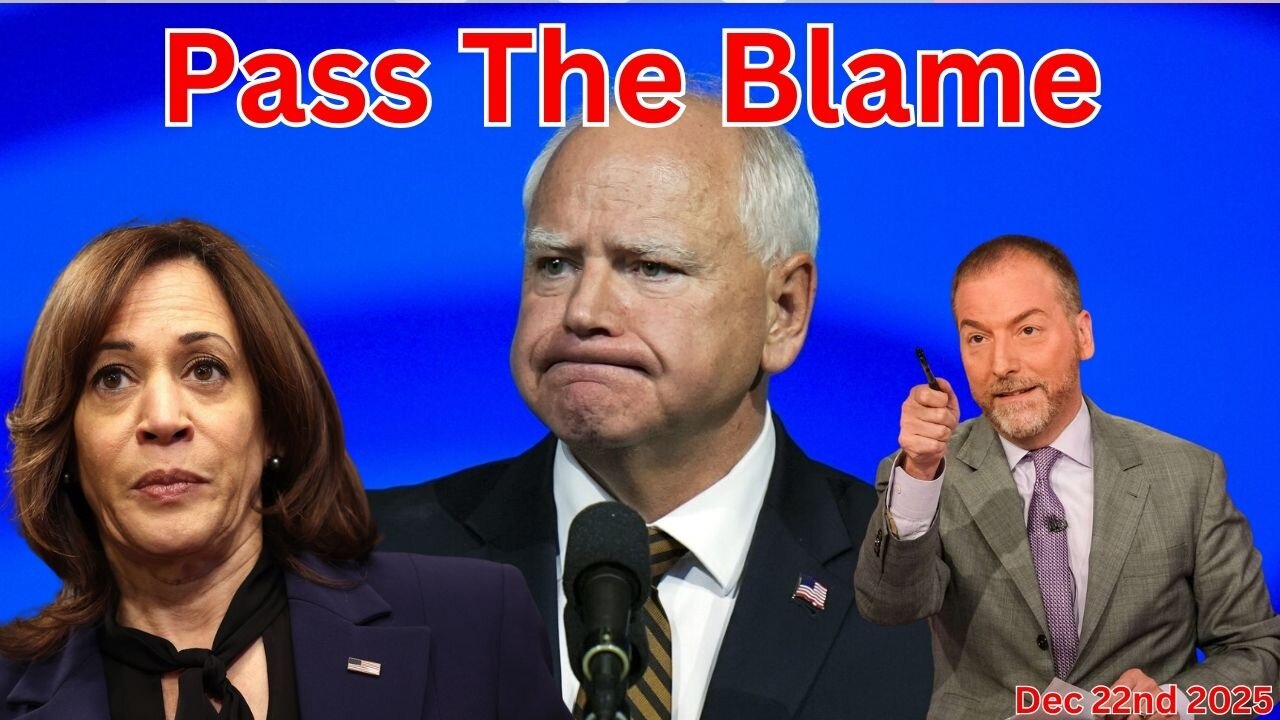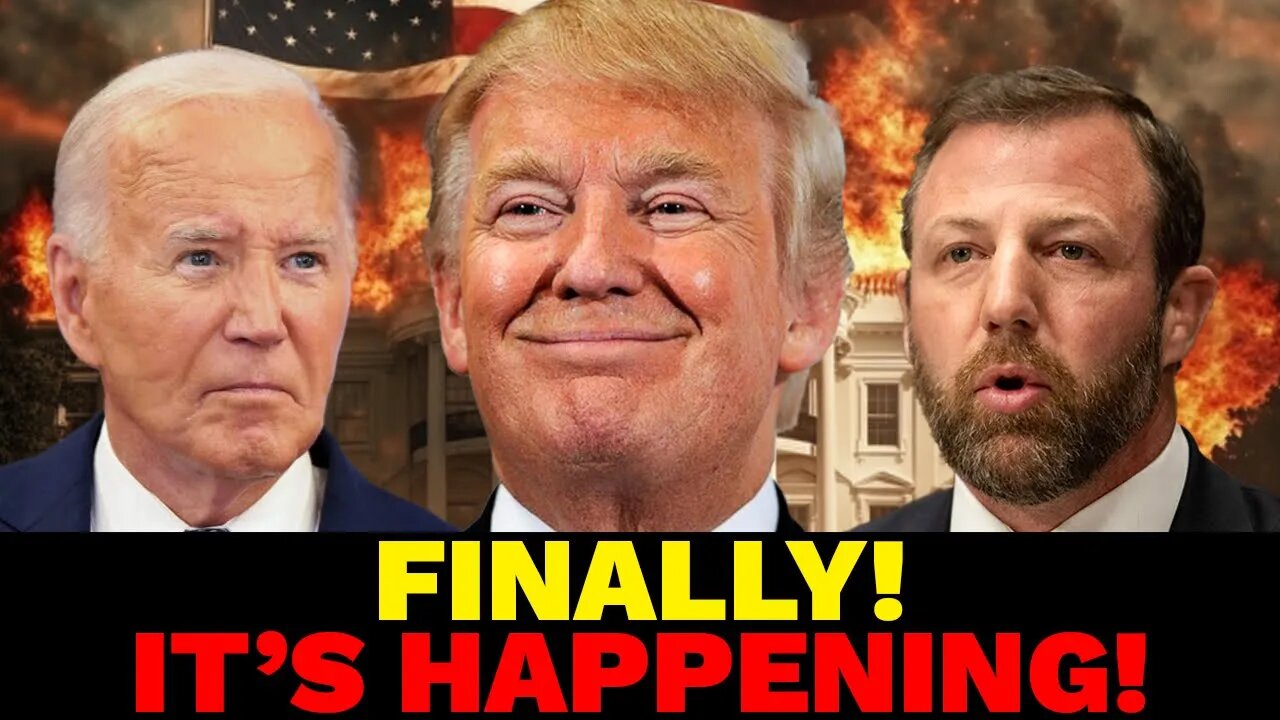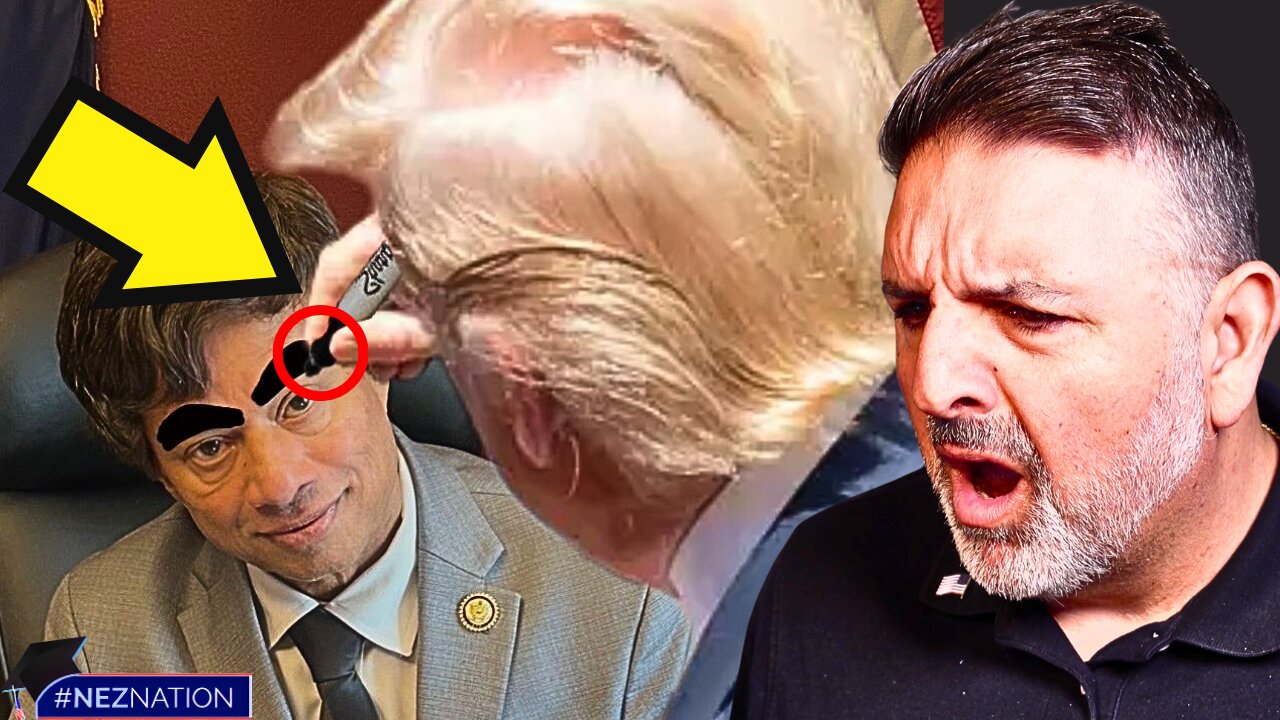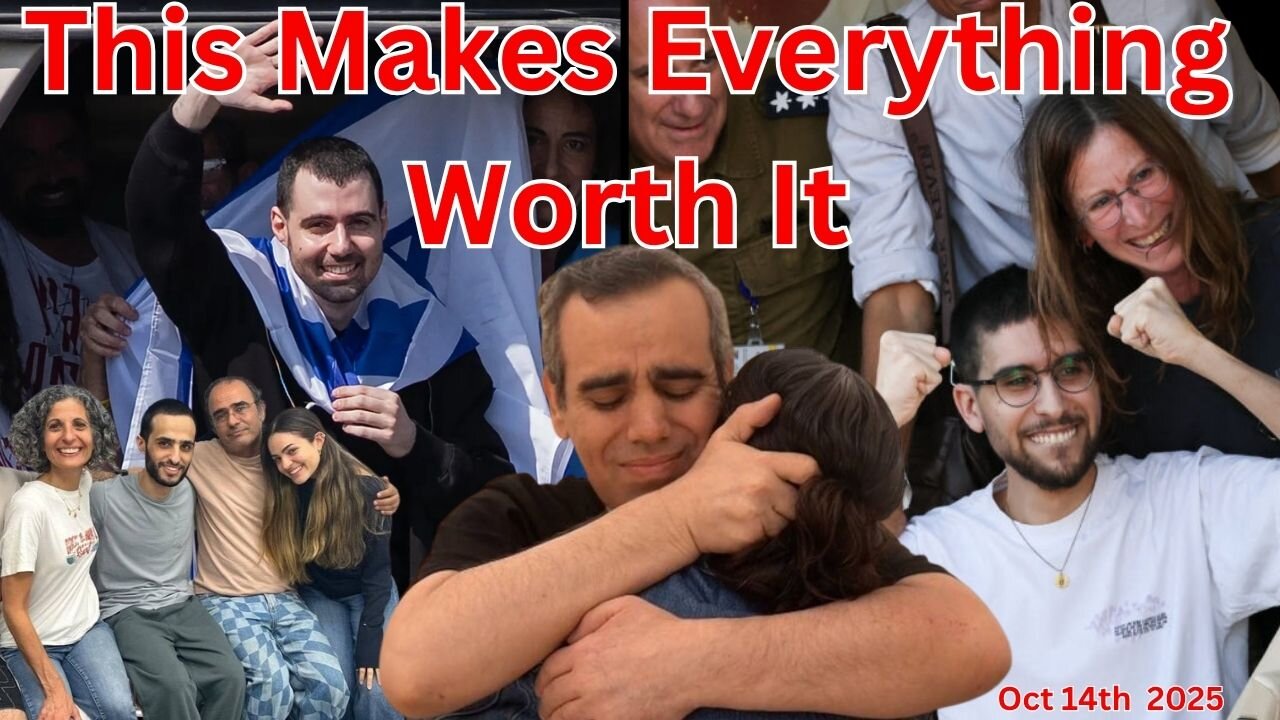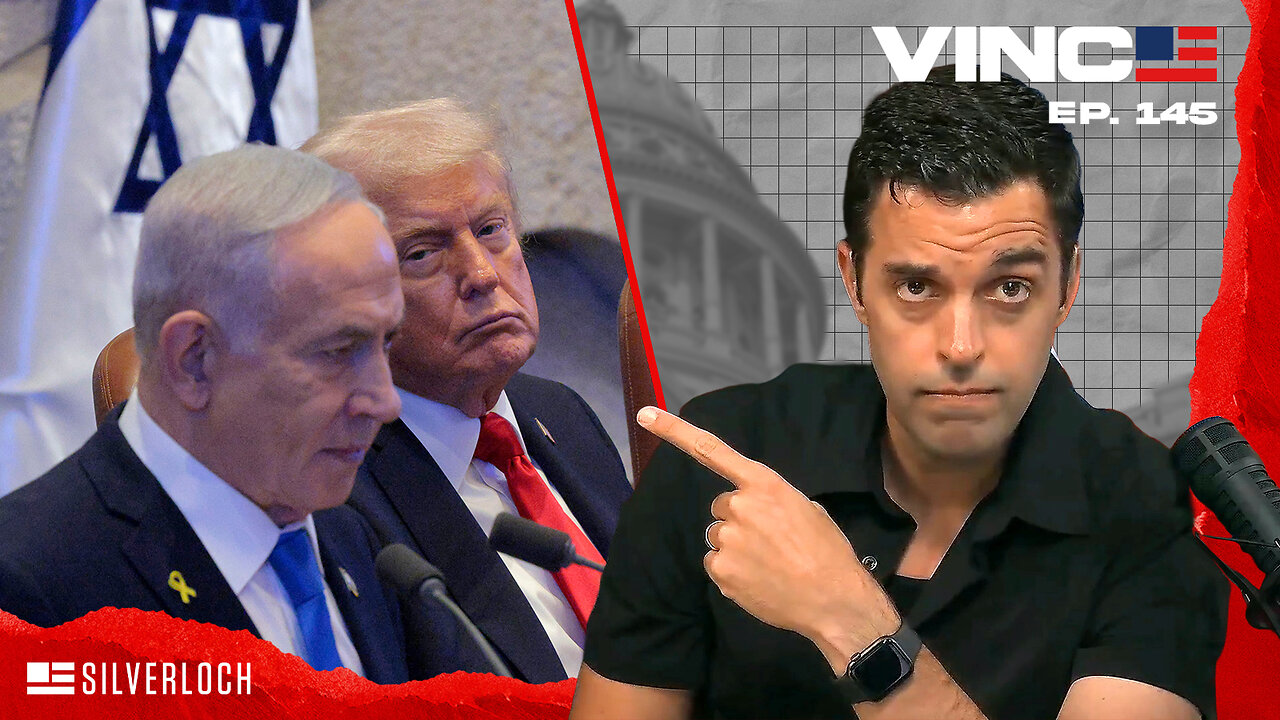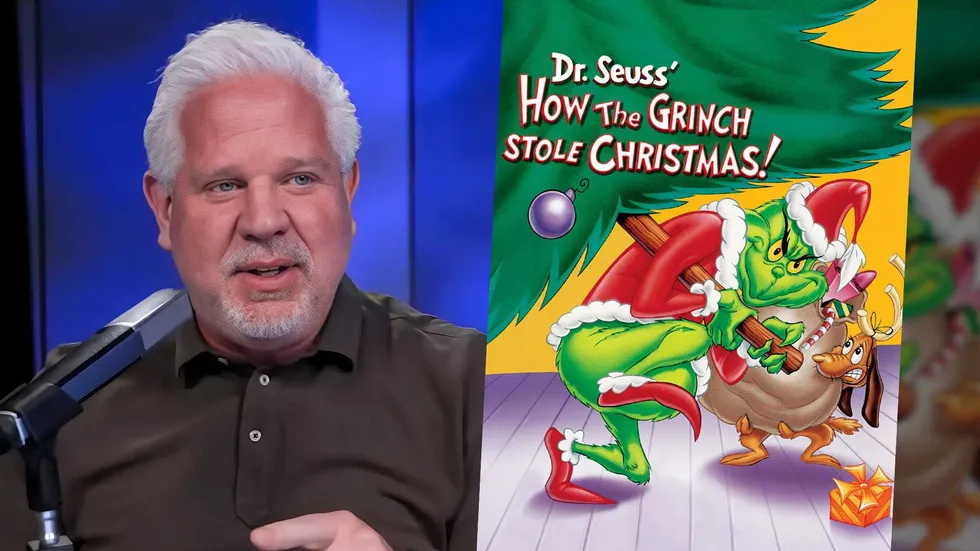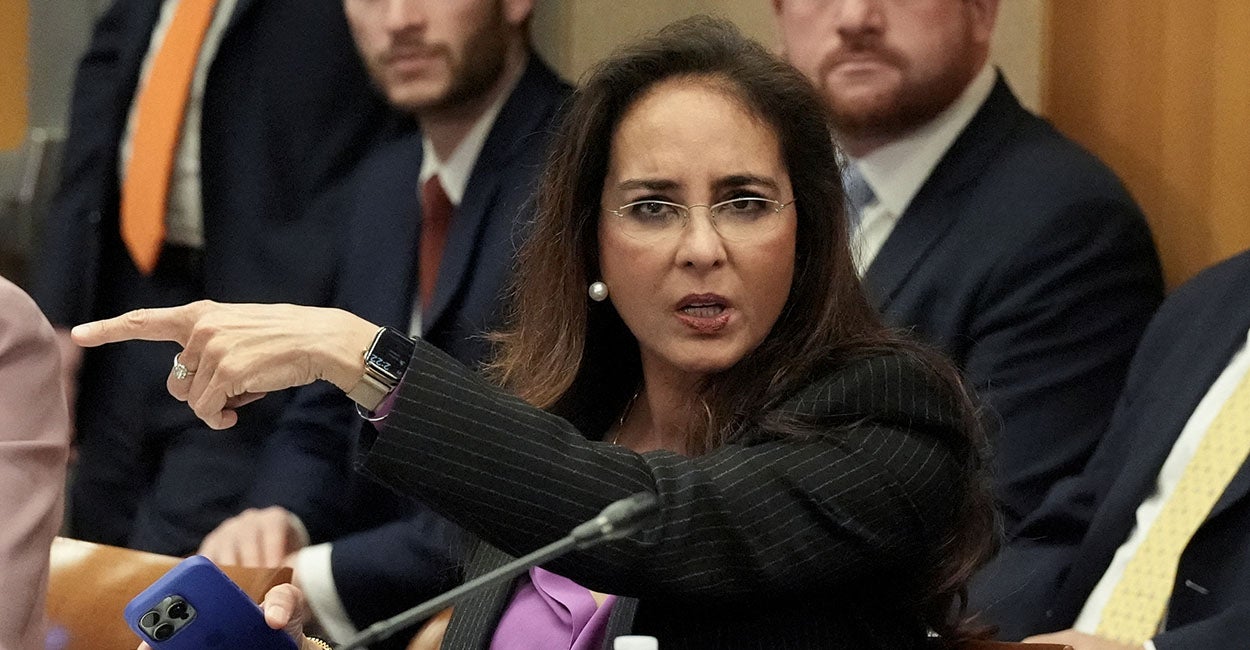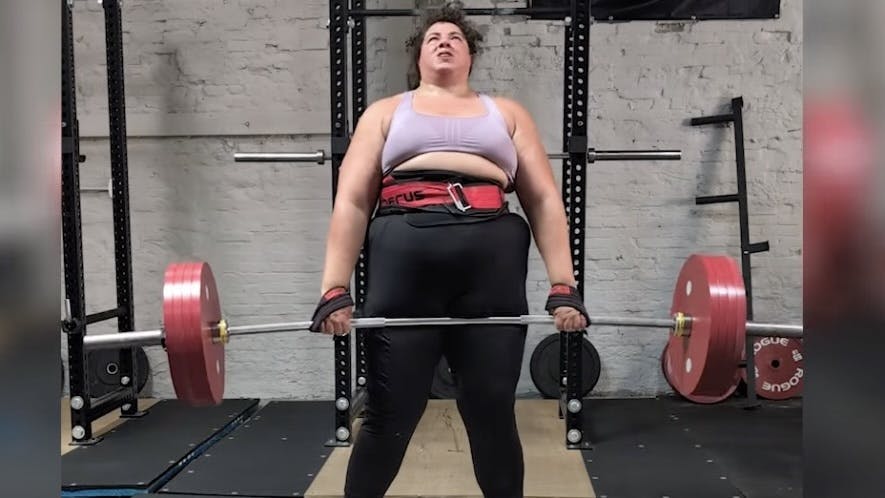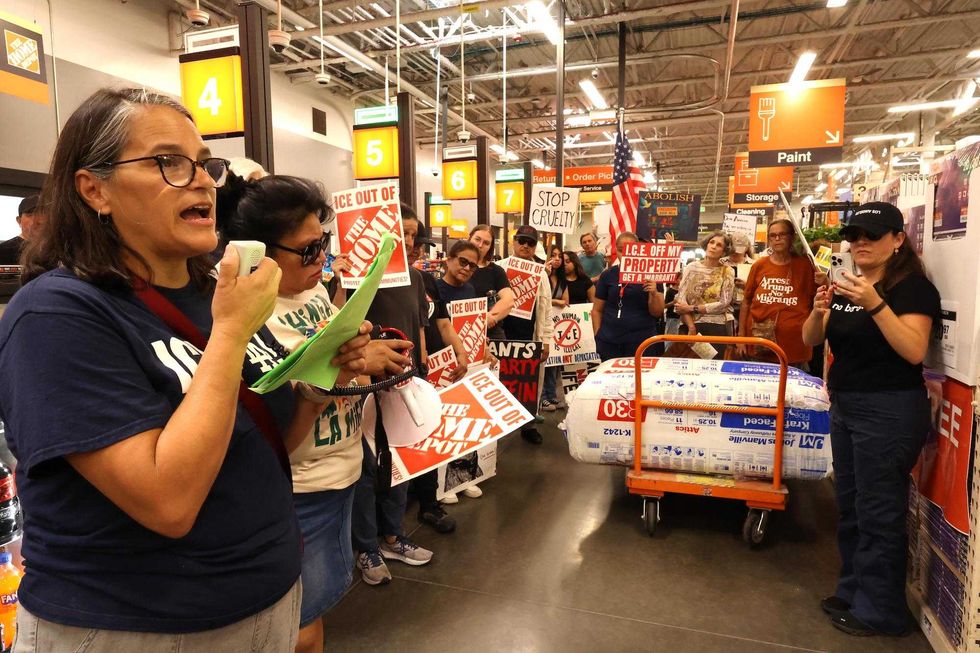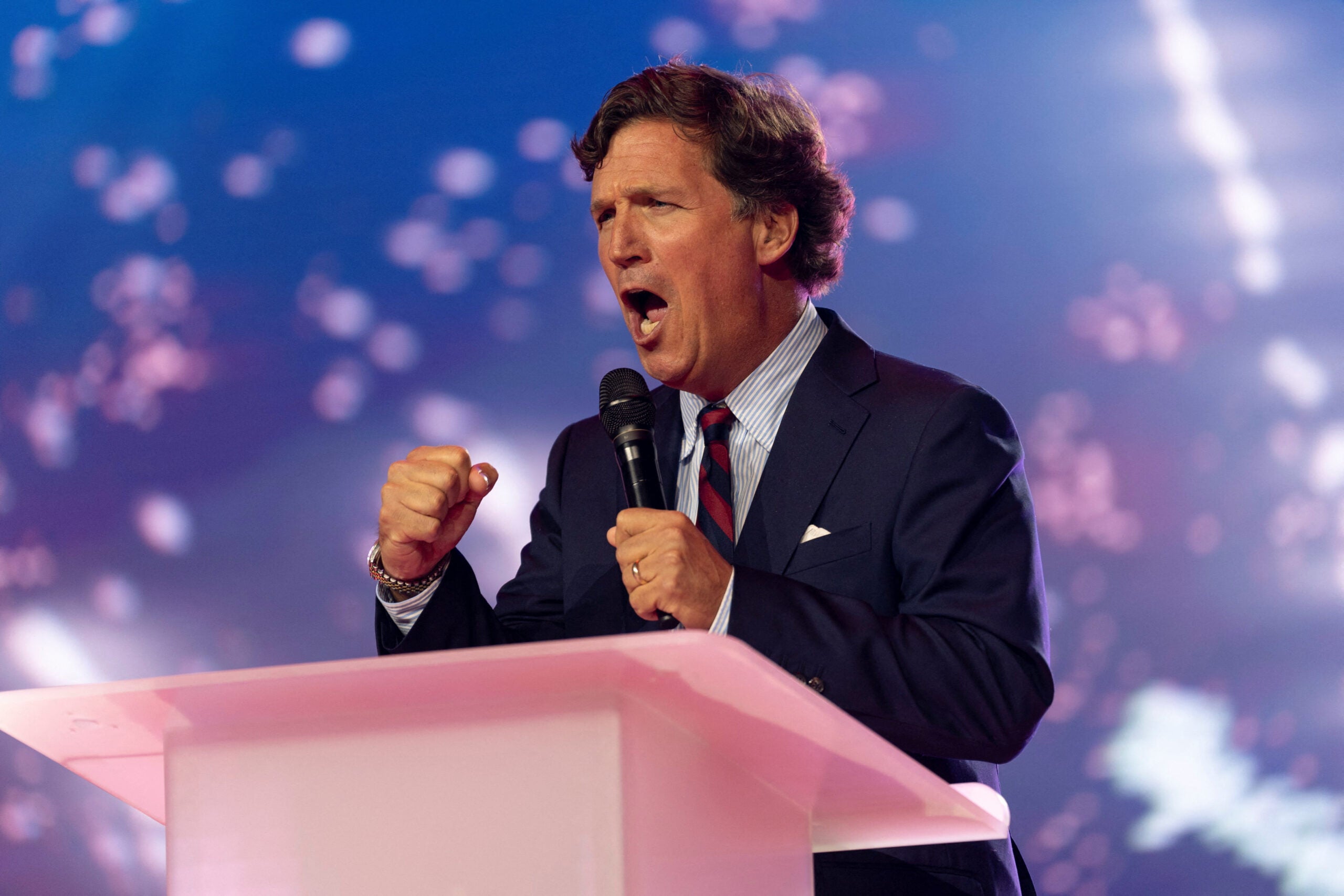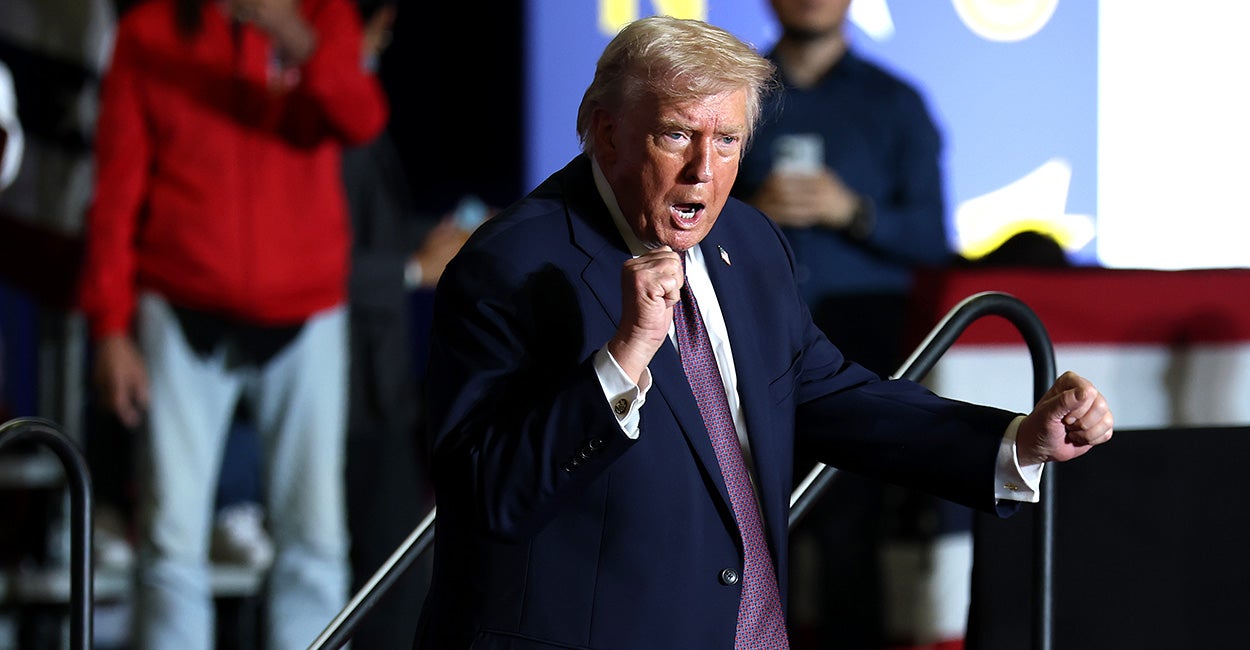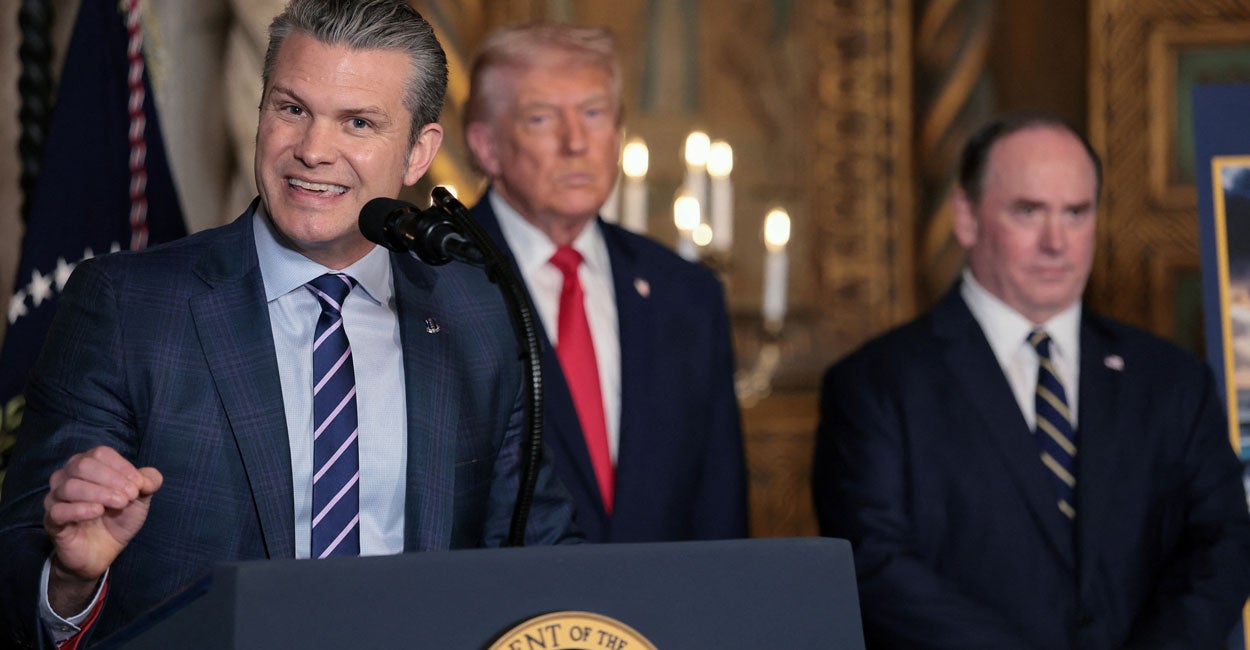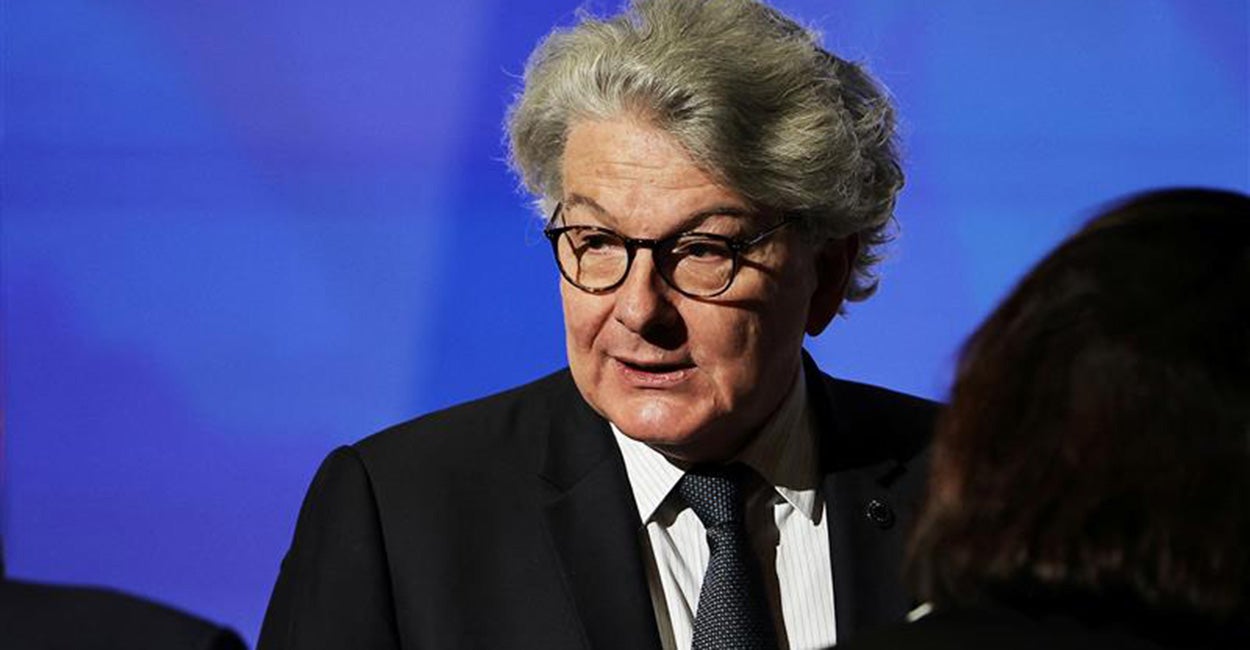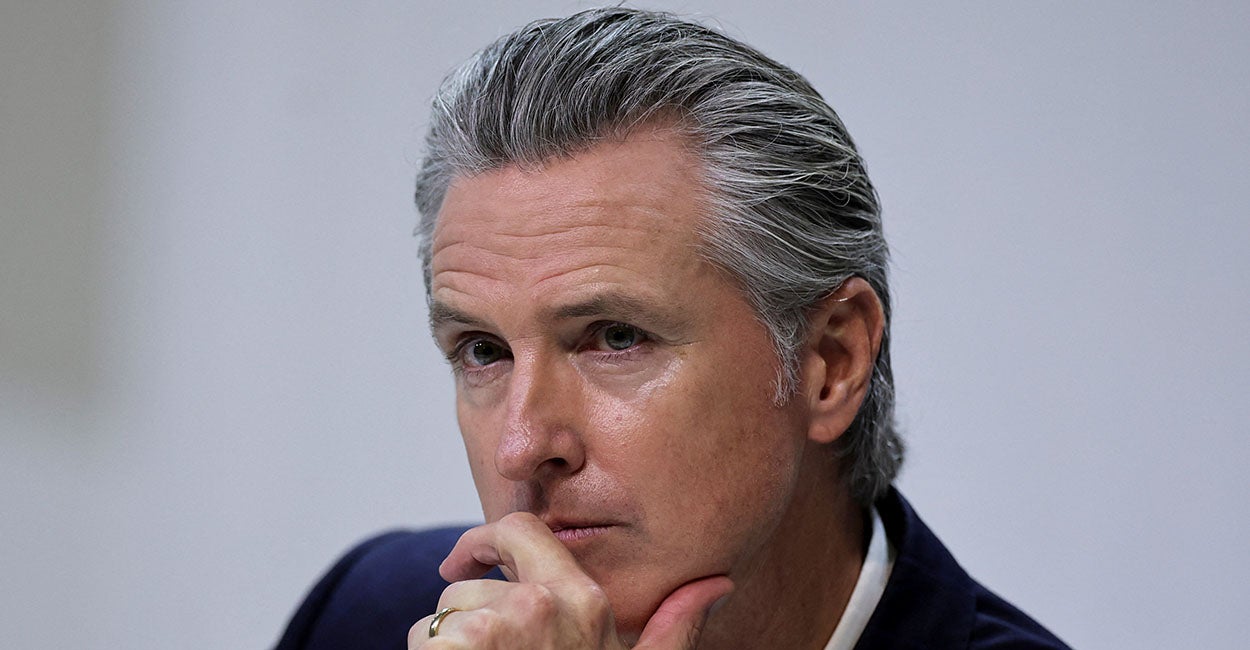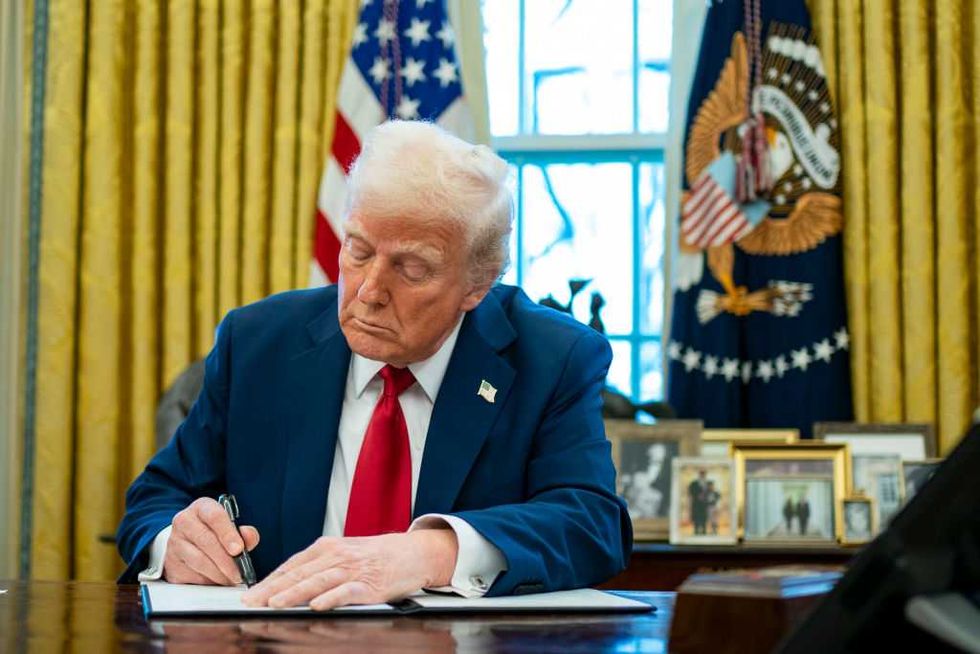Virginia’s ‘Clean Energy’ Transition Under Fire Amid Rising Power Needs
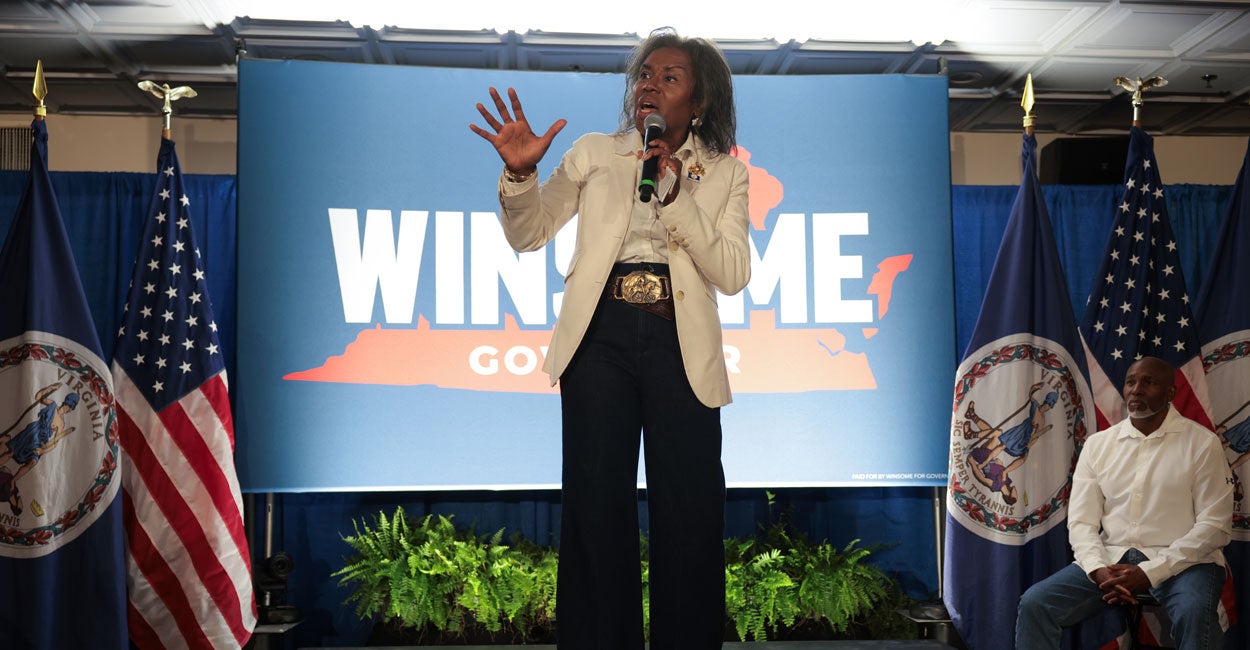
With unparalleled growth in electricity demand—driven in no small part by the explosion of data centers in the state—Virginia must decide where its energy future lies.
Live Your Best Retirement
Fun • Funds • Fitness • Freedom
The Thomas Jefferson Institute for Public Policy, a free-market think tank, warned against 2020’s Virginia Clean Economy Act—which phases out coal and gas in favor of wind and solar—claiming it will lead to “more shortages and skyrocketing costs,” according to its recent study, “Vision for Virginia 2025: Energy Policy.”
Derrick Max, president and CEO of the Thomas Jefferson Institute, told The Daily Signal that the current state of energy in Virginia is “100% a crisis.”
“I mean, we’ve literally had to tell users to get off the grid, which should never happen. We’ve shut down capacity,” Max said. “The Virginia Clean Economy Act is requiring us to shut down more capacity. We’re having trouble getting gas-fired plants built, because there’s been this view that any amount of [carbon dioxide] is too dangerous.”
“Noncompliance costs” under the VCEA are about to climb to $609? million in one year, the institute reported. That means that if energy companies, such as Dominion Energy, don’t meet the targets in the law, the energy providers have to buy renewable certificates. The certificates are proof that the energy company bought clean energy from other companies that have the capacity to provide it—often from out-of-state.
“It’s literally $609 million going out from Virginia to companies in other states because of penalties imposed by our legislators, on our utility companies,” Max said. “It doesn’t help you build another power plant. It doesn’t help you get through this crisis. It literally is just a flat-out felony.”
At the end of the day, the $609 million in penalties are paid by ratepayers in the form of higher utility bills, he said.
In 2023, Virginia became the nation’s largest net importer of electricity, bringing in 36% of the state’s total electricity supply. the Commonwealth is becoming increasingly dependent on neighboring states within the PJM, an electricity grid that stretches through 13 states and the District of Columbia, to keep lights on.
Lt. Gov. Winsome Earle-Sears, the Republican nominee for governor, and her Democratic opponent, Abigail Spanberger, a former congresswoman, have “a very sharp difference of views on the level of the problem and the answer,” according to Max.
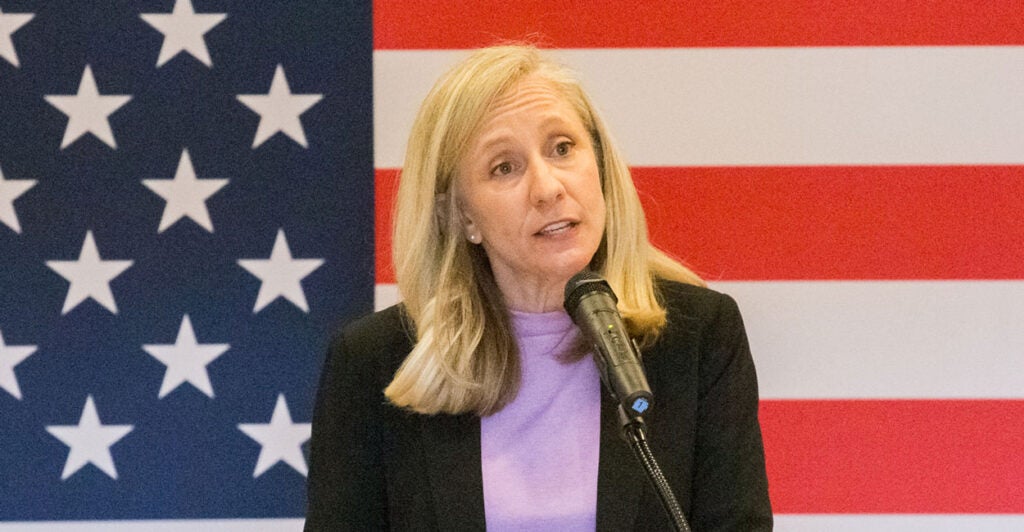
Former U.S. Rep. Abigail Spanberger (Max Posner/The Washington Post via Getty Images)
The institute’s president credited Spanberger’s campaign for outlining her plans for energy policy—something Earle-Sears’ campaign has yet to do.
“I will say, however, I think there’s a fundamental misunderstanding on the Spanberger team of the level of our crisis,” Max said. “Her plan focuses on renewables and nuclear and a bunch of options that really won’t get us through the next two years, which is where our crisis is.”
Being able to provide enough energy at a peak-demand period is key, according to Max.
“Windmills spin and the sun shines, and you get power. But if your peak hits when the wind isn’t blowing and the sun isn’t shining, and you’re relying on those renewables, you end up with a blackout,” he said. “So, you know, you need what’s called “dispatchable” energy, and that’s energy that can be turned on with the flip of a switch that will get you through your peak.”
According to Max, Virginia came “within a few percentage points” of running out of power during the heat wave earlier this month, and during a winter cold snap in February.
“Now, the problem with the cold snap was, it happened in the middle of the night, so you can’t rely on any solar to get you to meet that peak,” he said. “And if you look at where the PJM, you know, which grid operator got their energy, almost all of it came from hydrocarbon and nuclear fuel, so it’s just not possible to do this Spanberger plan and get us through this crisis.”
Spanberger leans heavily on clean-energy mandates and maintains the state’s transition toward carbon-free energy under the VCEA.
“While President [Donald] Trump and extreme politicians in Congress are raising costs on Virginia families and threatening thousands of private-sector energy jobs, Virginia’s lieutenant governor is cheering them on,” a spokesperson for the Spanberger campaign told The Daily Signal. “Virginians deserve leaders who will take decisive action, bring Democrats and Republicans together, and deliver real solutions. That’s why earlier this year, Abigail rolled out her ‘Affordable Virginia Plan’ to lower energy costs for all Virginians.”
Earle-Sears is pushing an energy outlook similar to Virginia Gov. Glenn Youngkin’s—one that stresses energy independence and affordable rates.
“Lt. Gov. Winsome Earle-Sears has a real energy plan. One that puts reliability, affordability, and Virginia families first. She understands we need an all-of-the-above approach to power our economy and protect our grid,” state Sen. Mark Peake, who doubles as chairman of the Republican Party of Virginia, told The Daily Signal, adding:
Meanwhile, Abigail Spanberger is pushing a fantasy. Her plan would leave Virginia in the dark, literally and economically. Virginians can’t afford rolling blackouts and skyrocketing bills just to check a progressive box.
“We’re going to keep shutting down dispatchable resources and keep adding renewable resources and hope the weather’s 72 degrees all year. Well, that’s not going to happen,” Mark Christie, chairman of the Federal Energy Regulatory Commission, warned in a press release. “We’re going to have a reliability problem, and we’re going to have blackouts.”
The post Virginia’s ‘Clean Energy’ Transition Under Fire Amid Rising Power Needs appeared first on The Daily Signal.
Originally Published at Daily Wire, Daily Signal, or The Blaze
What's Your Reaction?
 Like
0
Like
0
 Dislike
0
Dislike
0
 Love
0
Love
0
 Funny
0
Funny
0
 Angry
0
Angry
0
 Sad
0
Sad
0
 Wow
0
Wow
0




